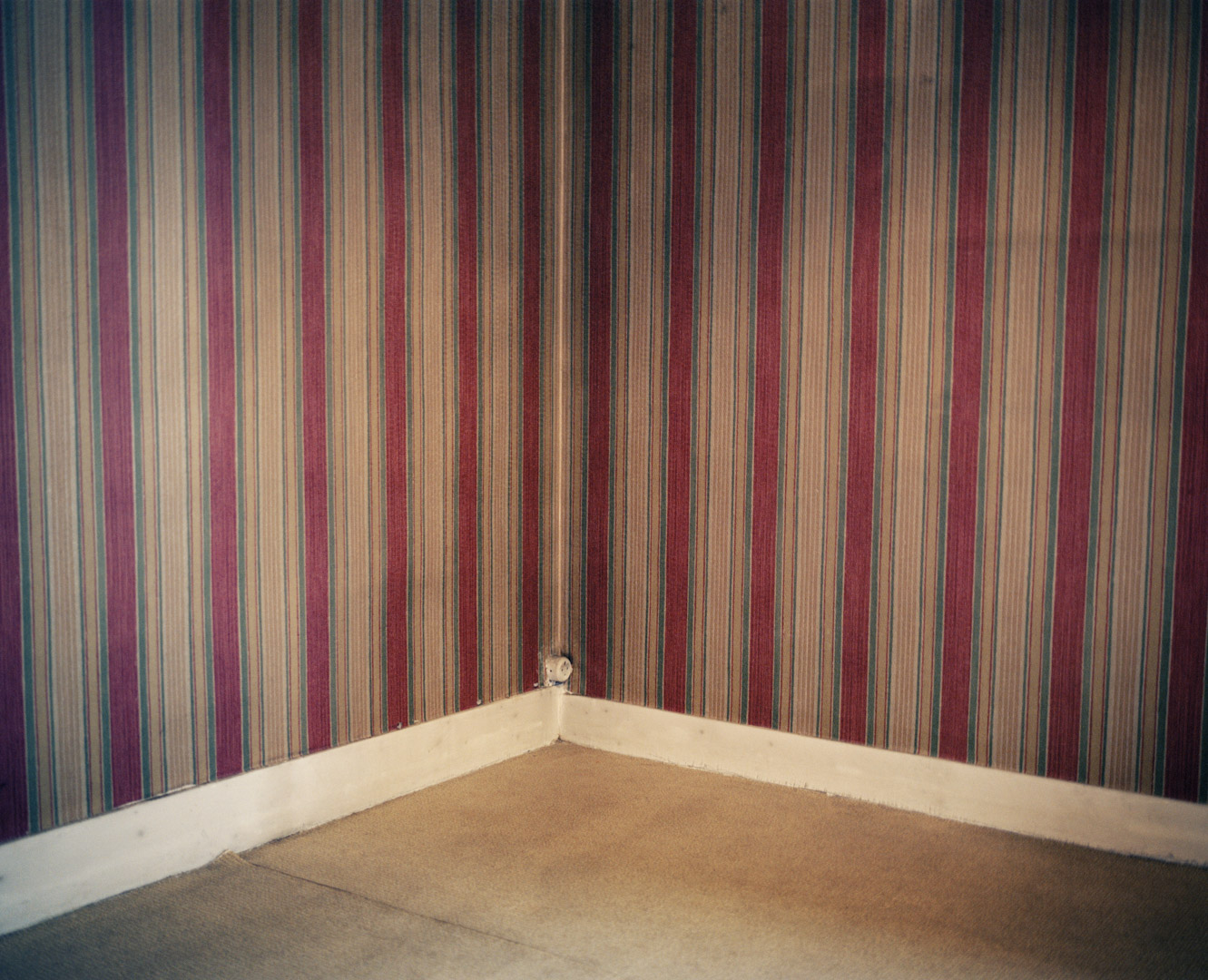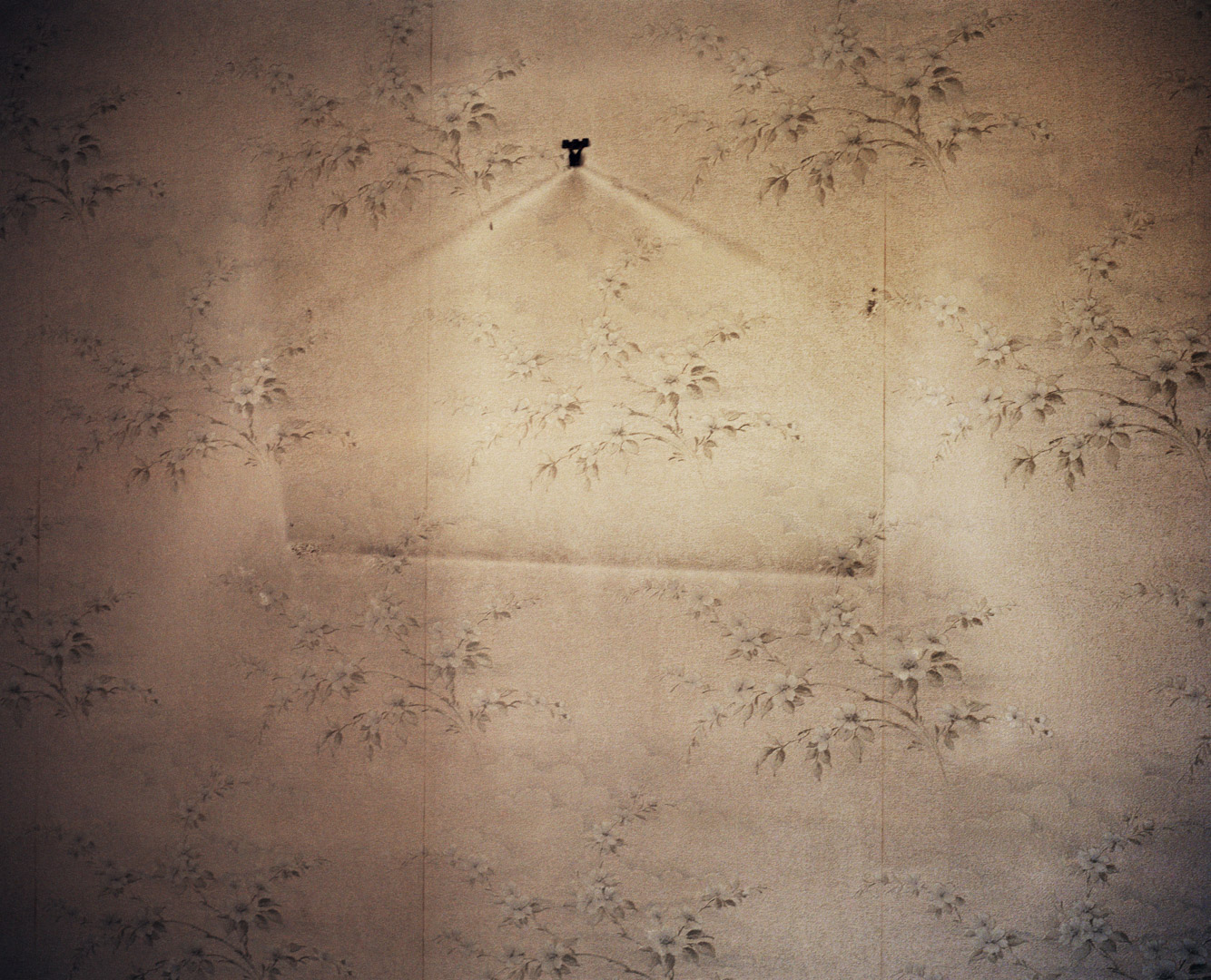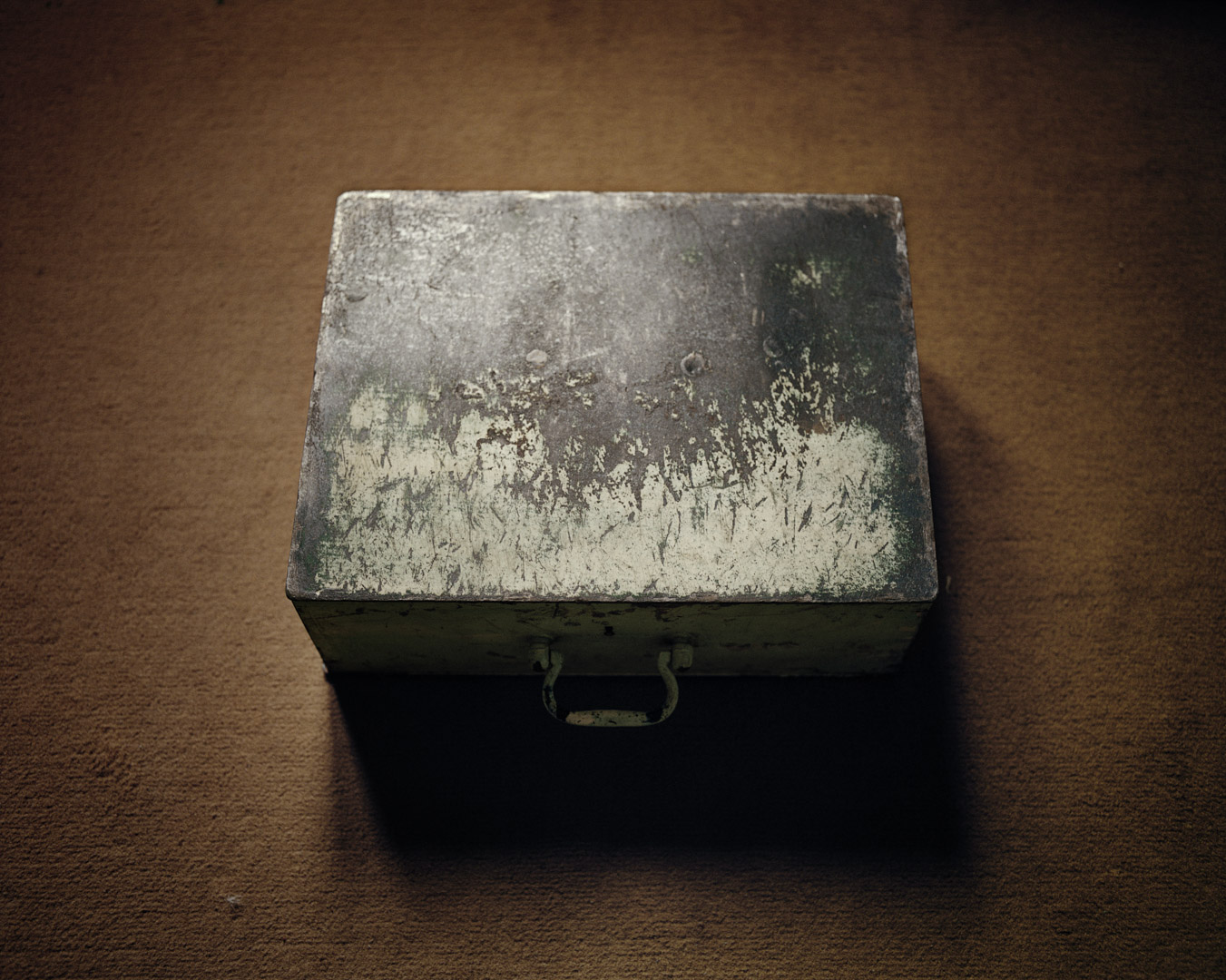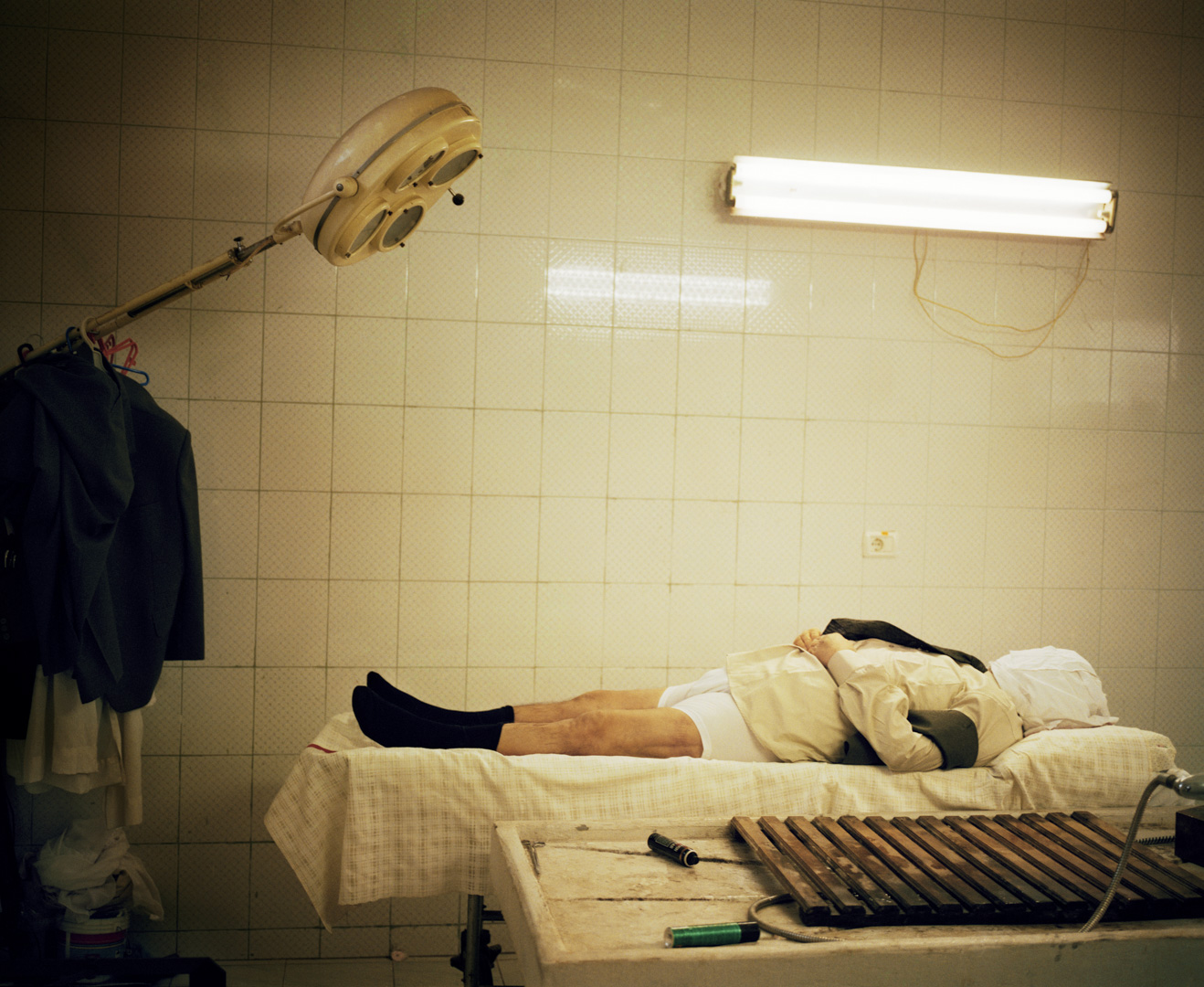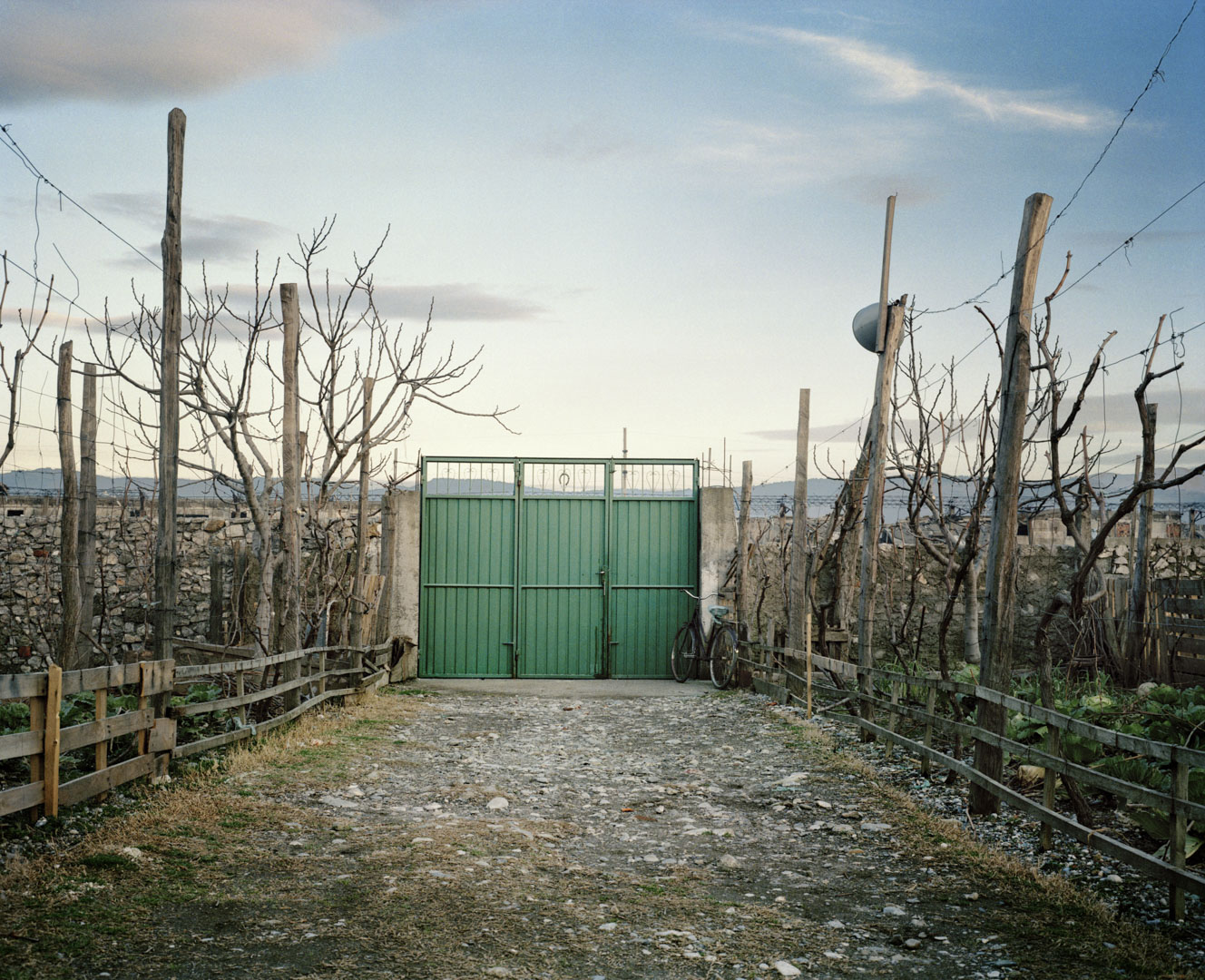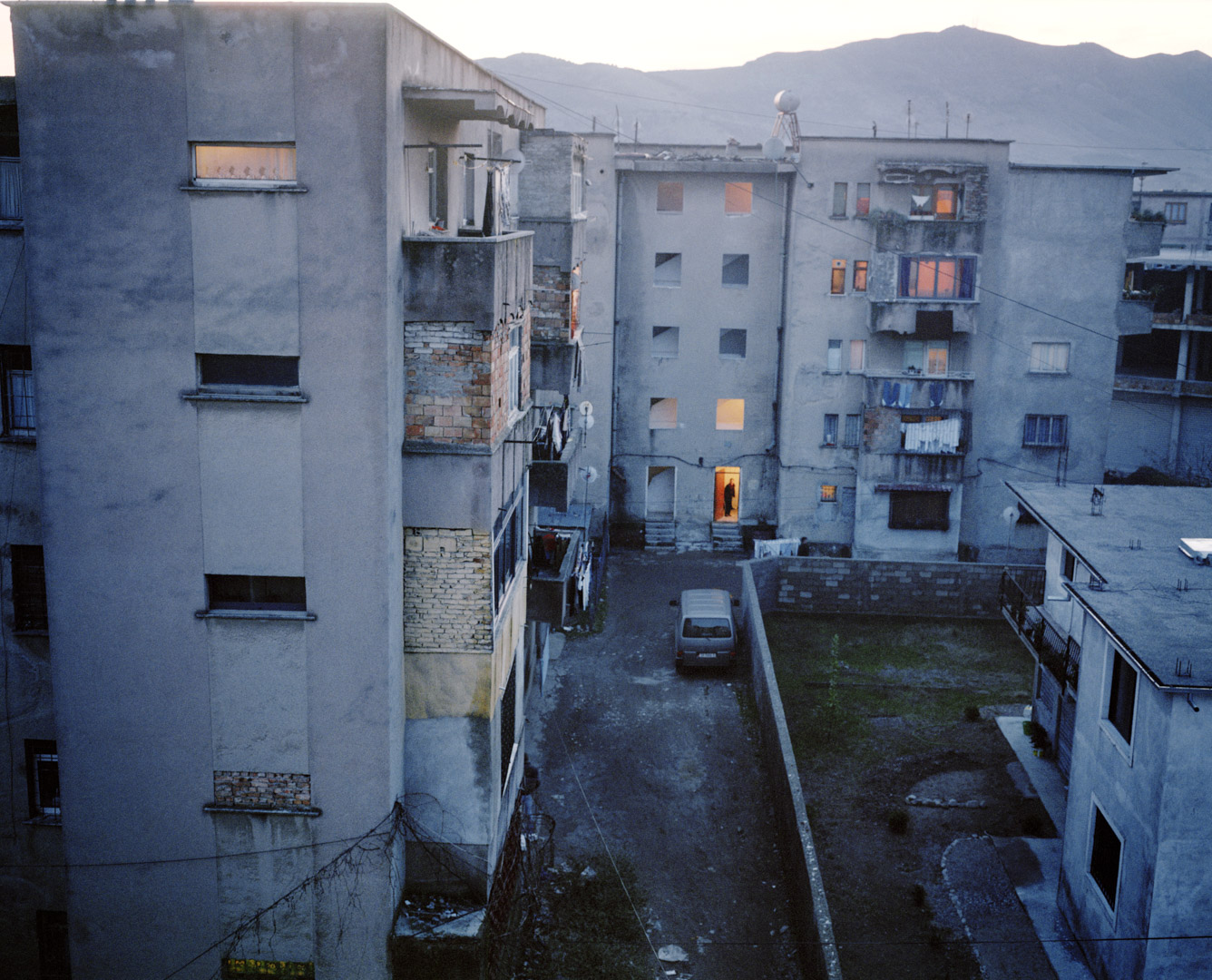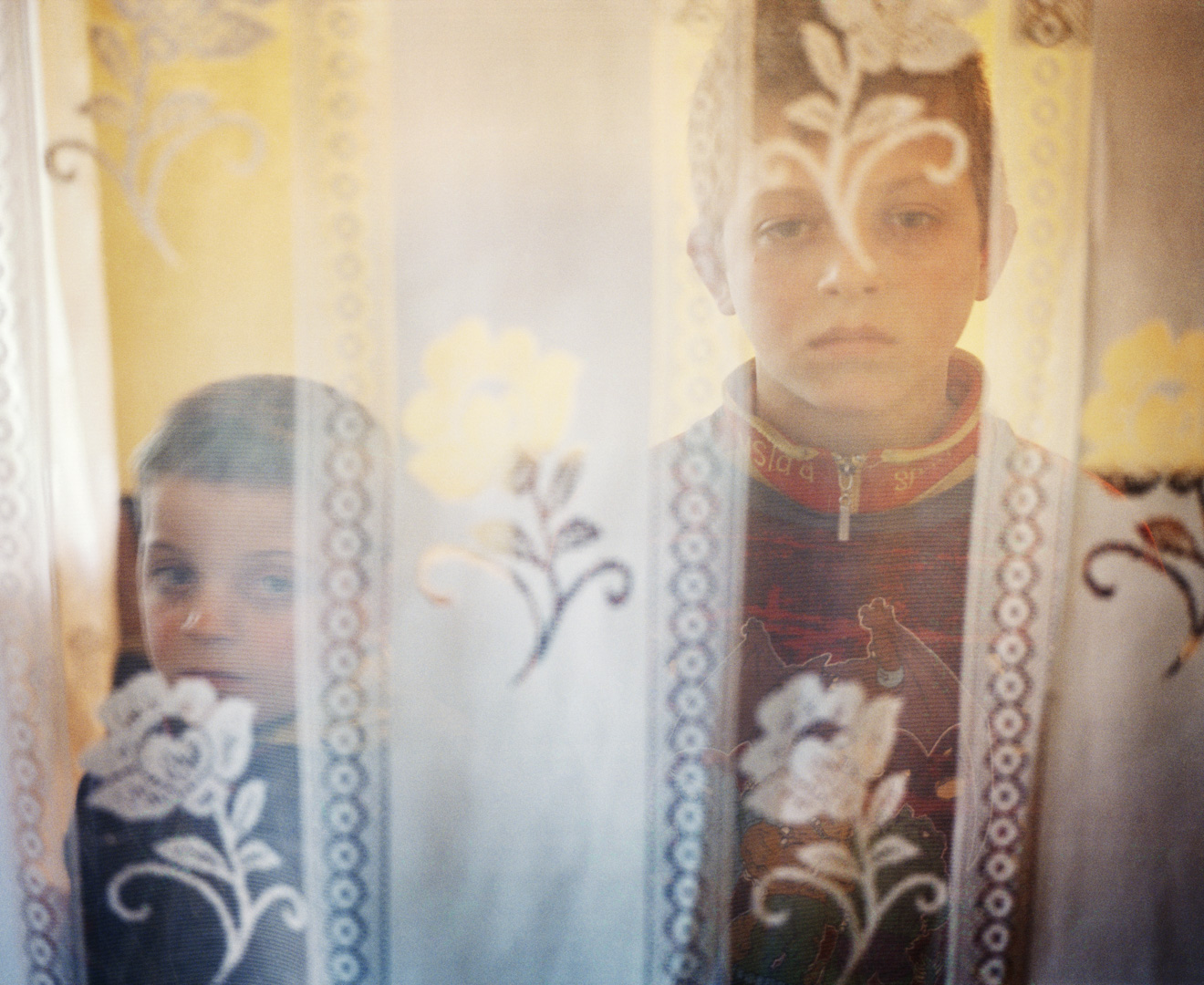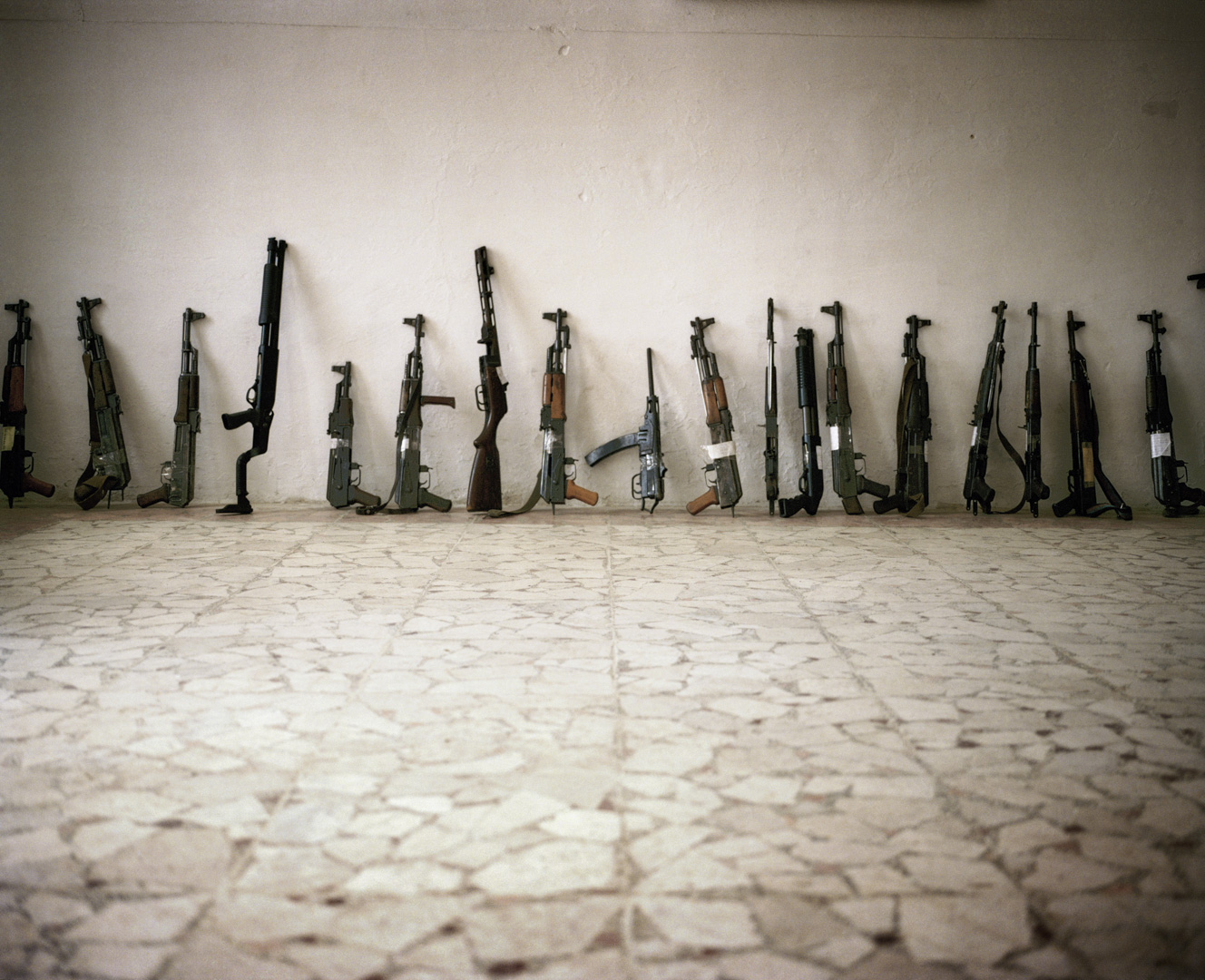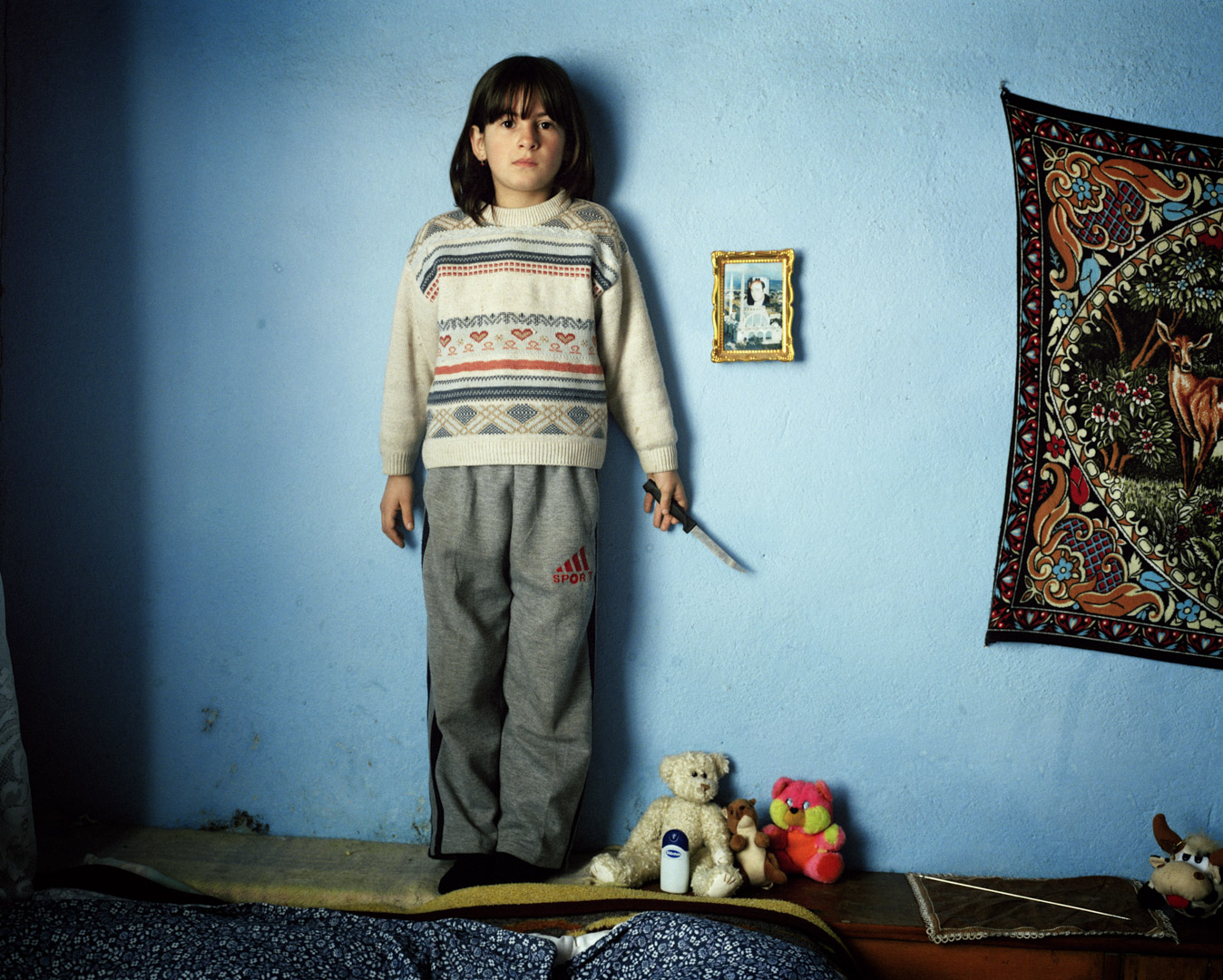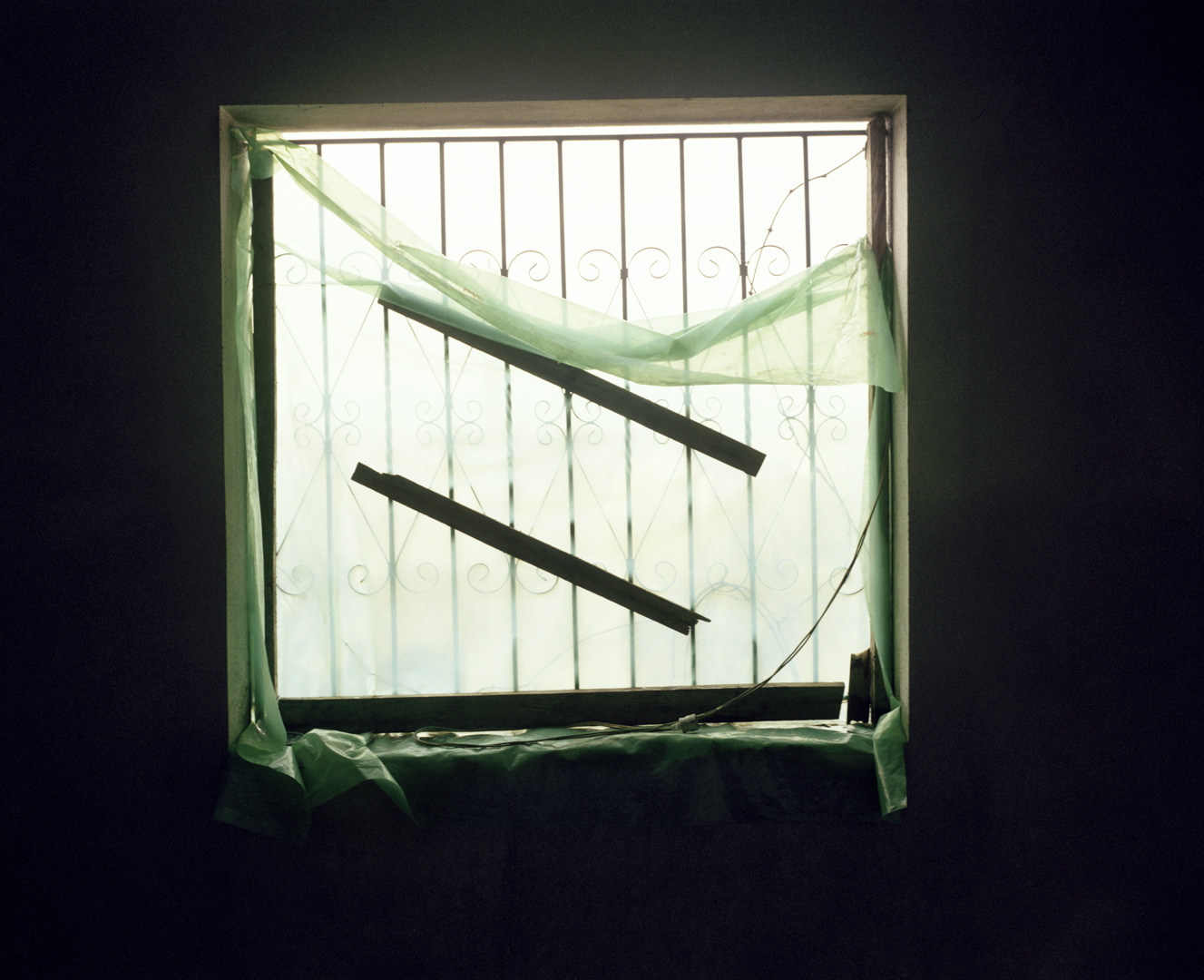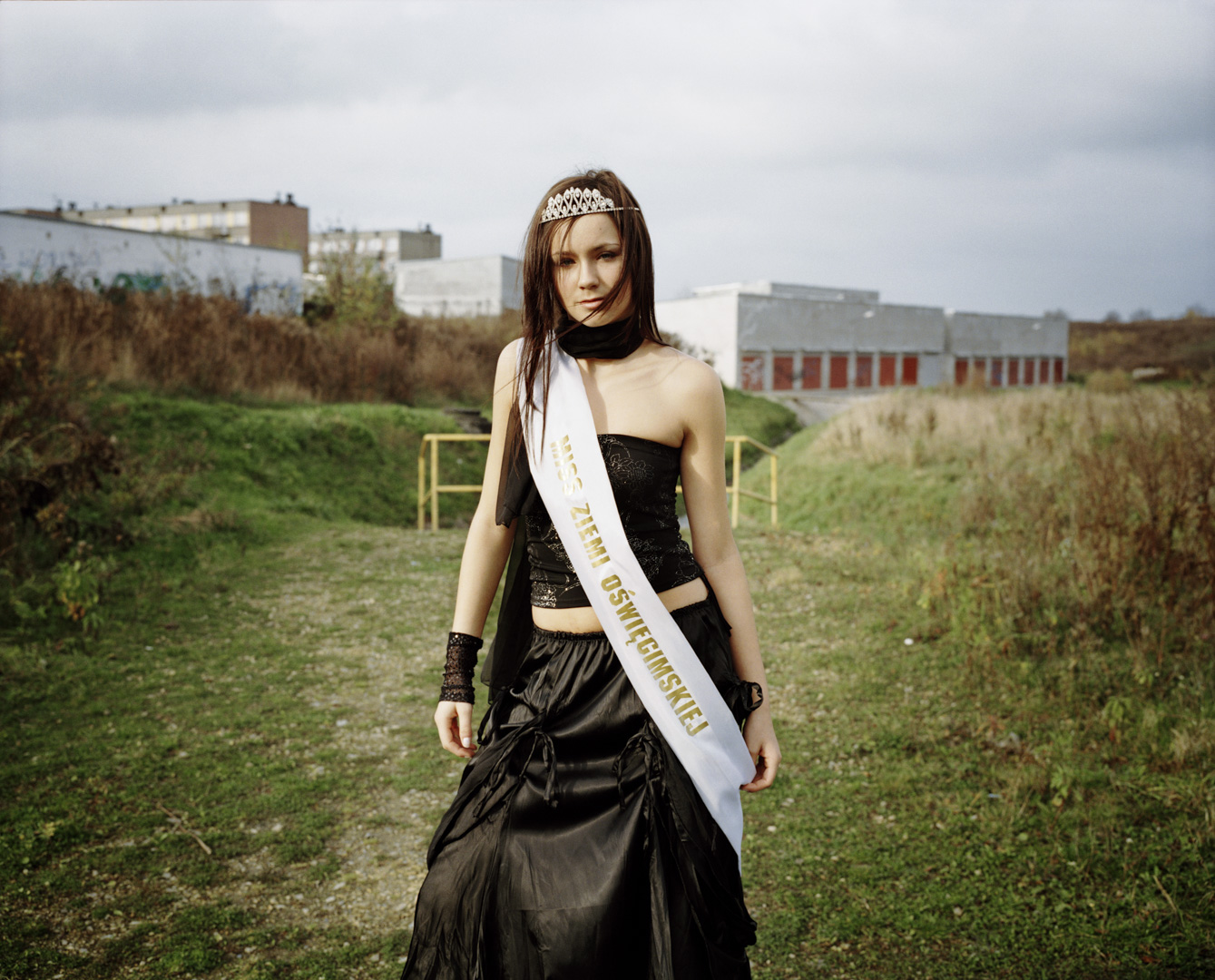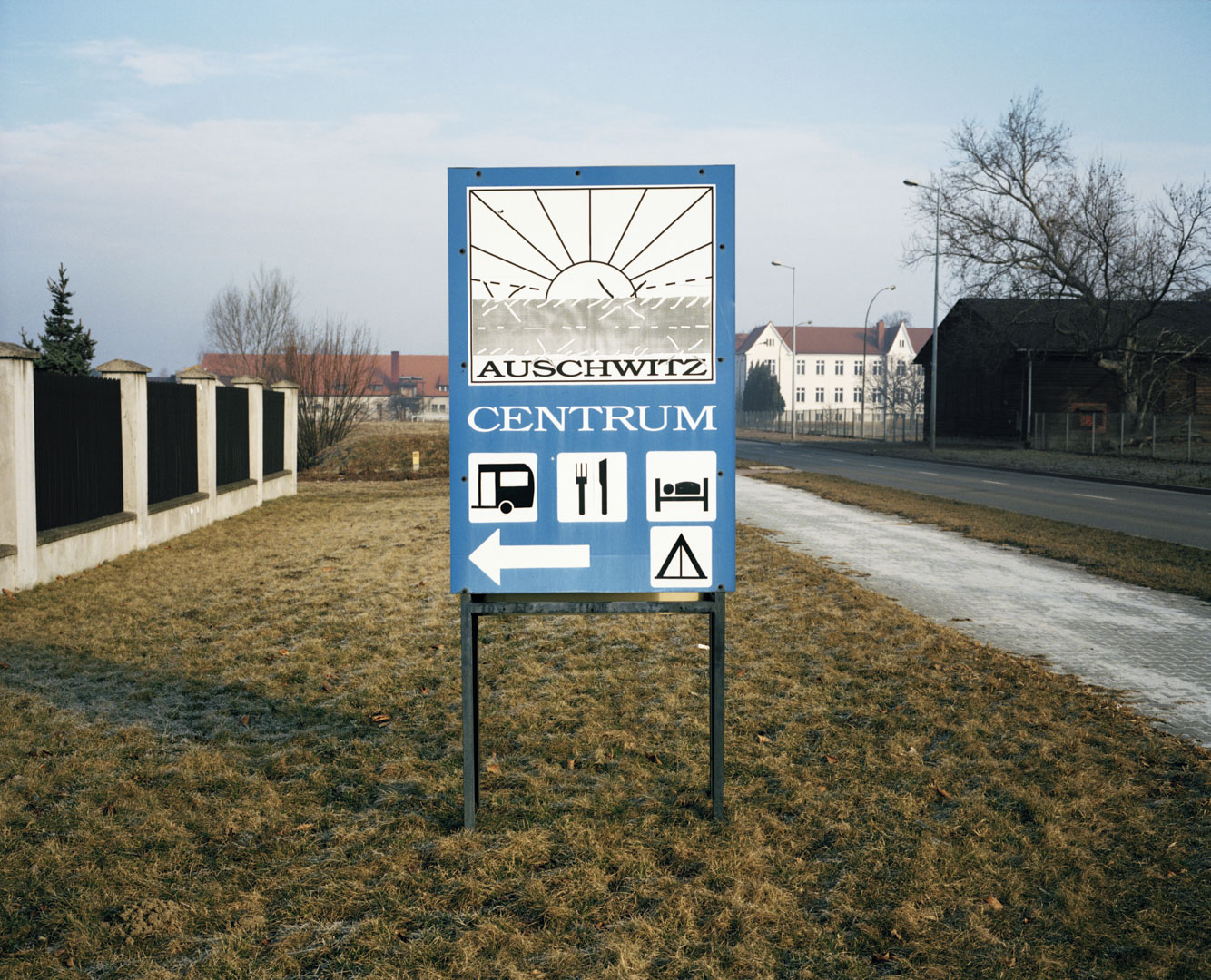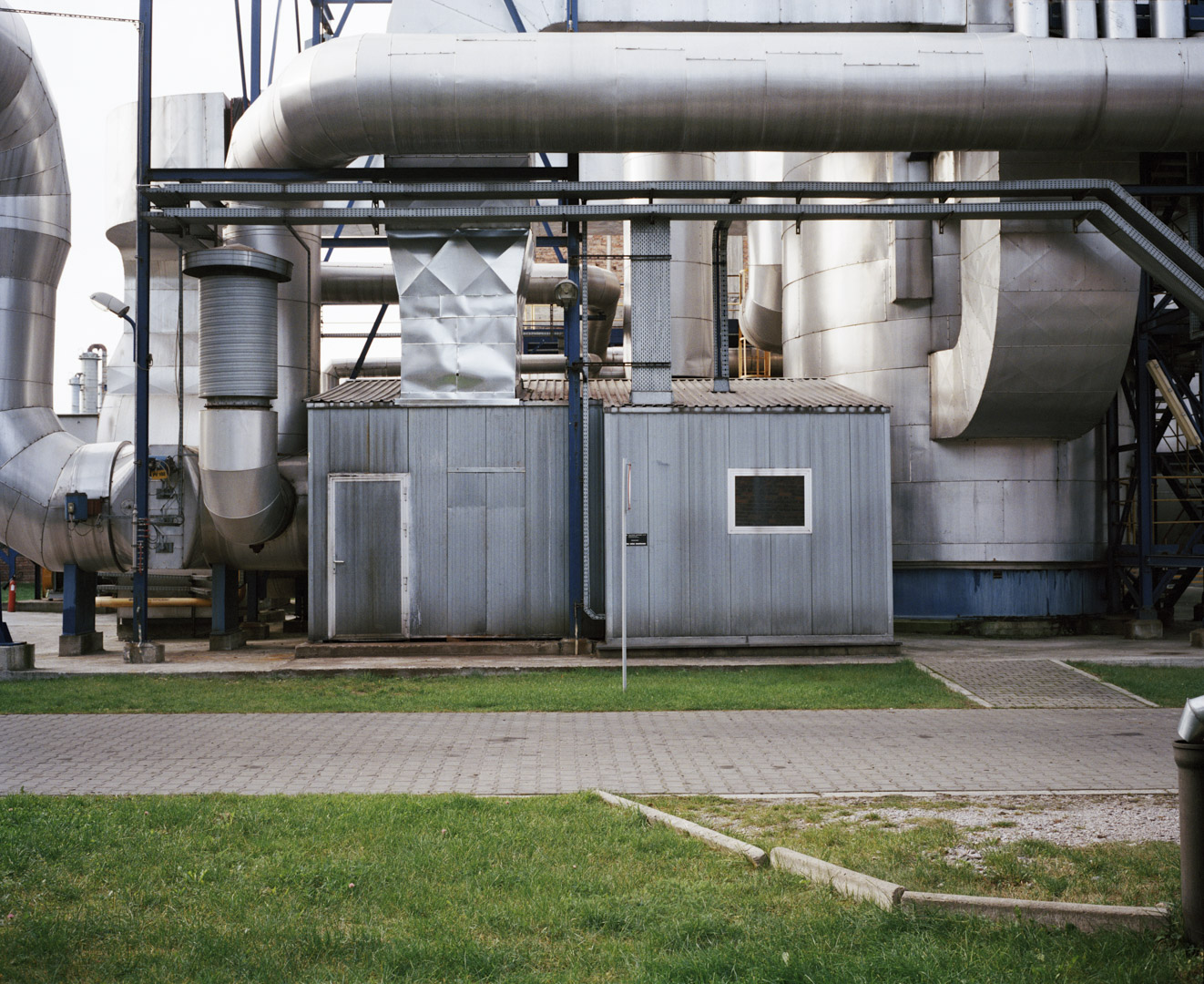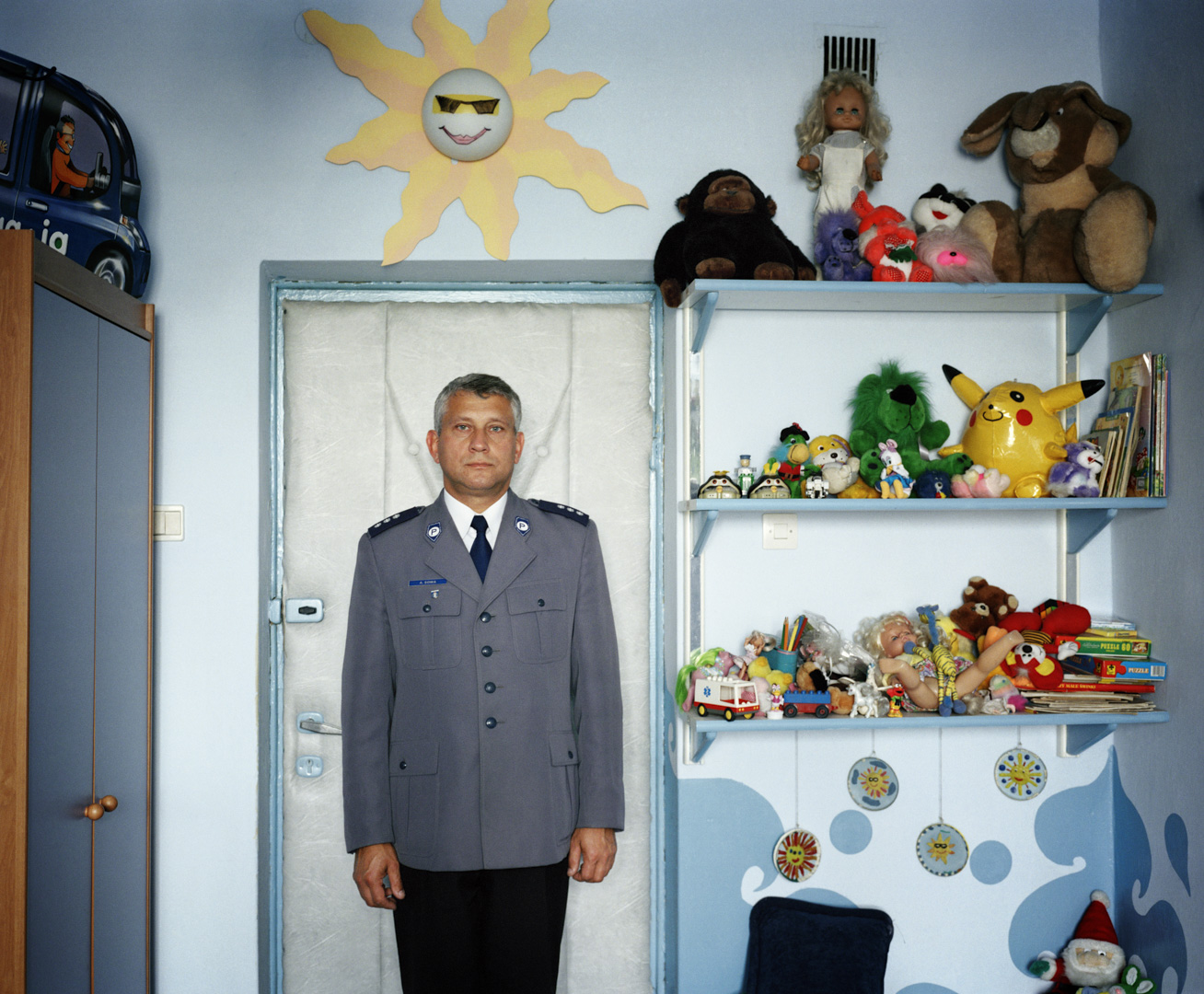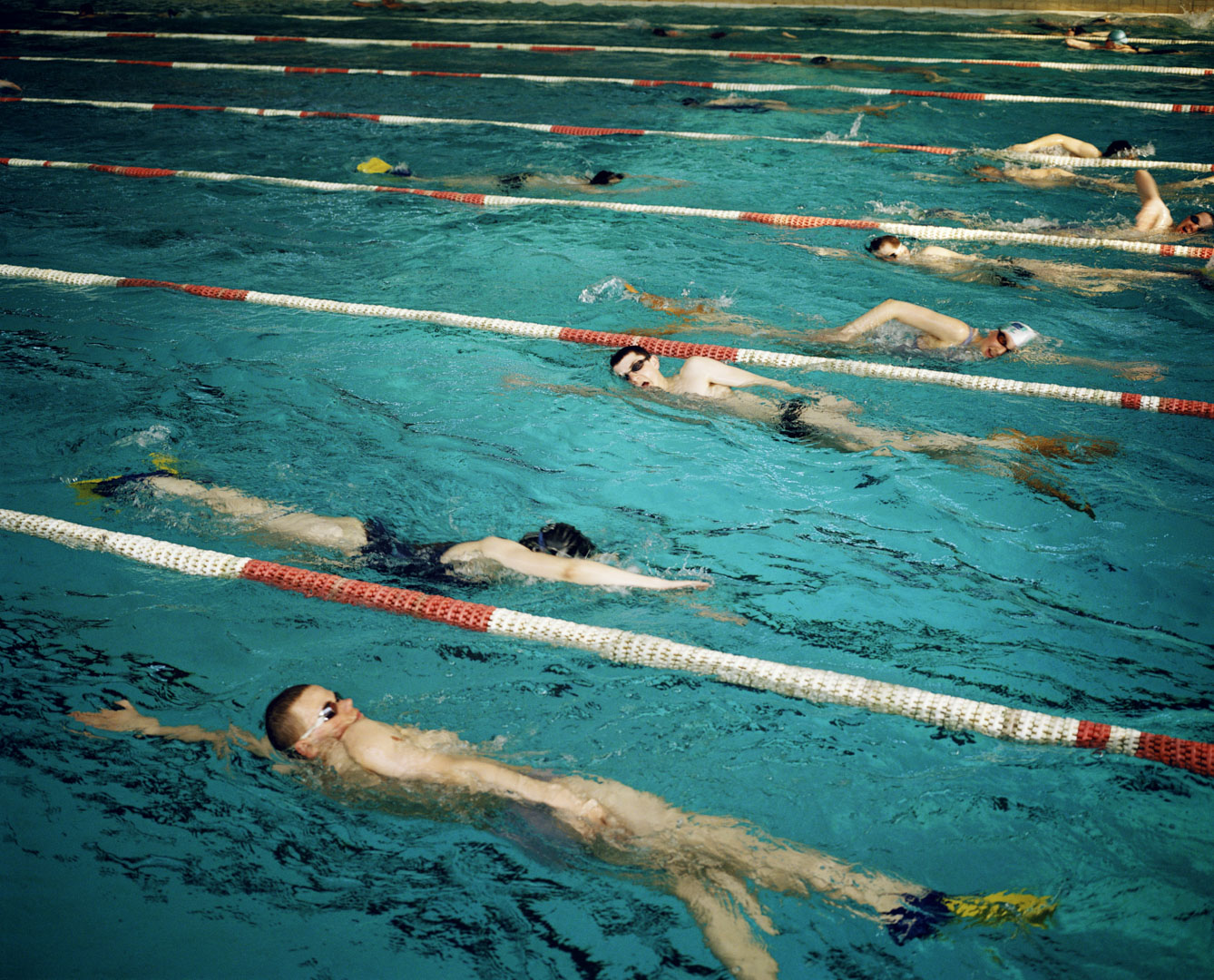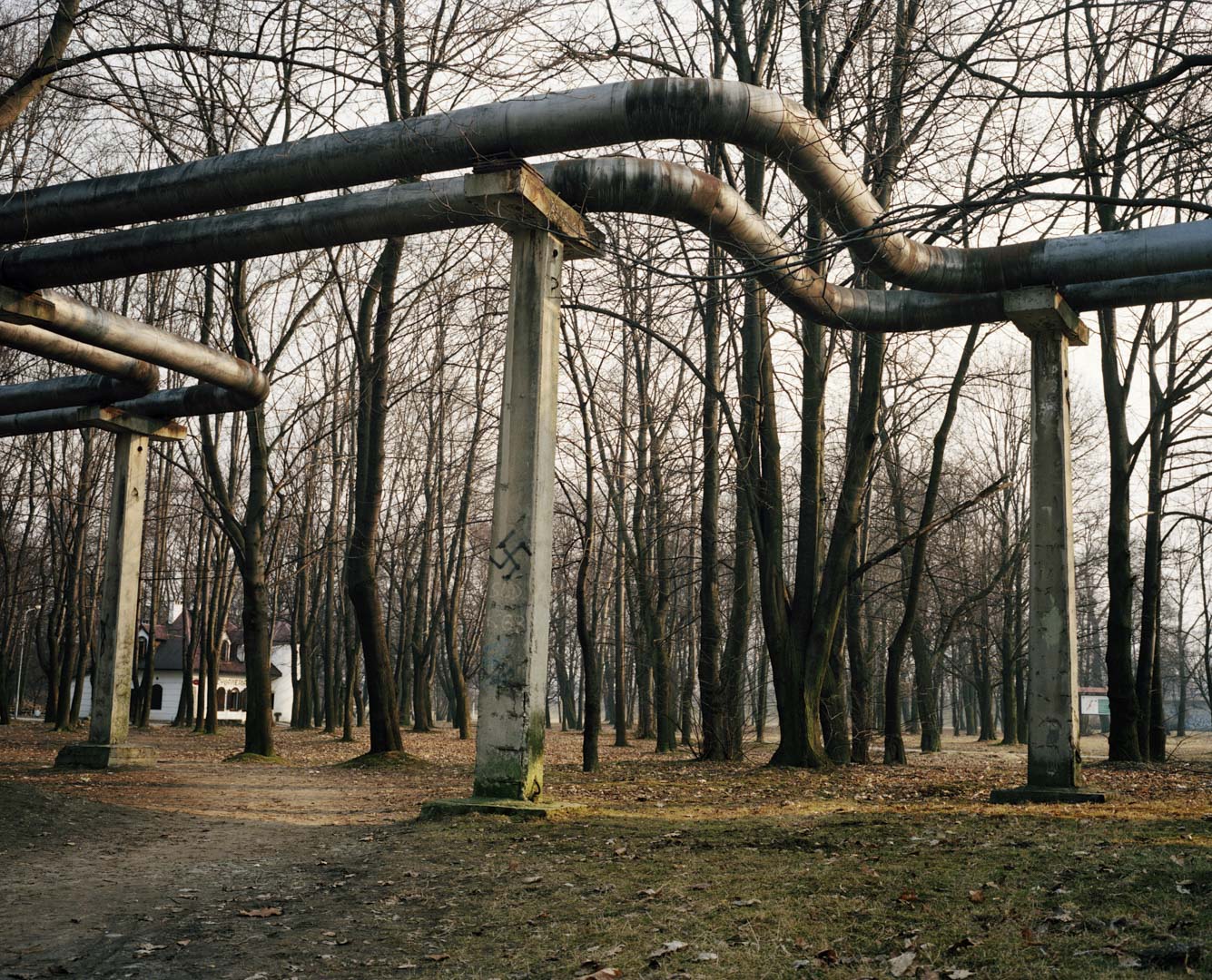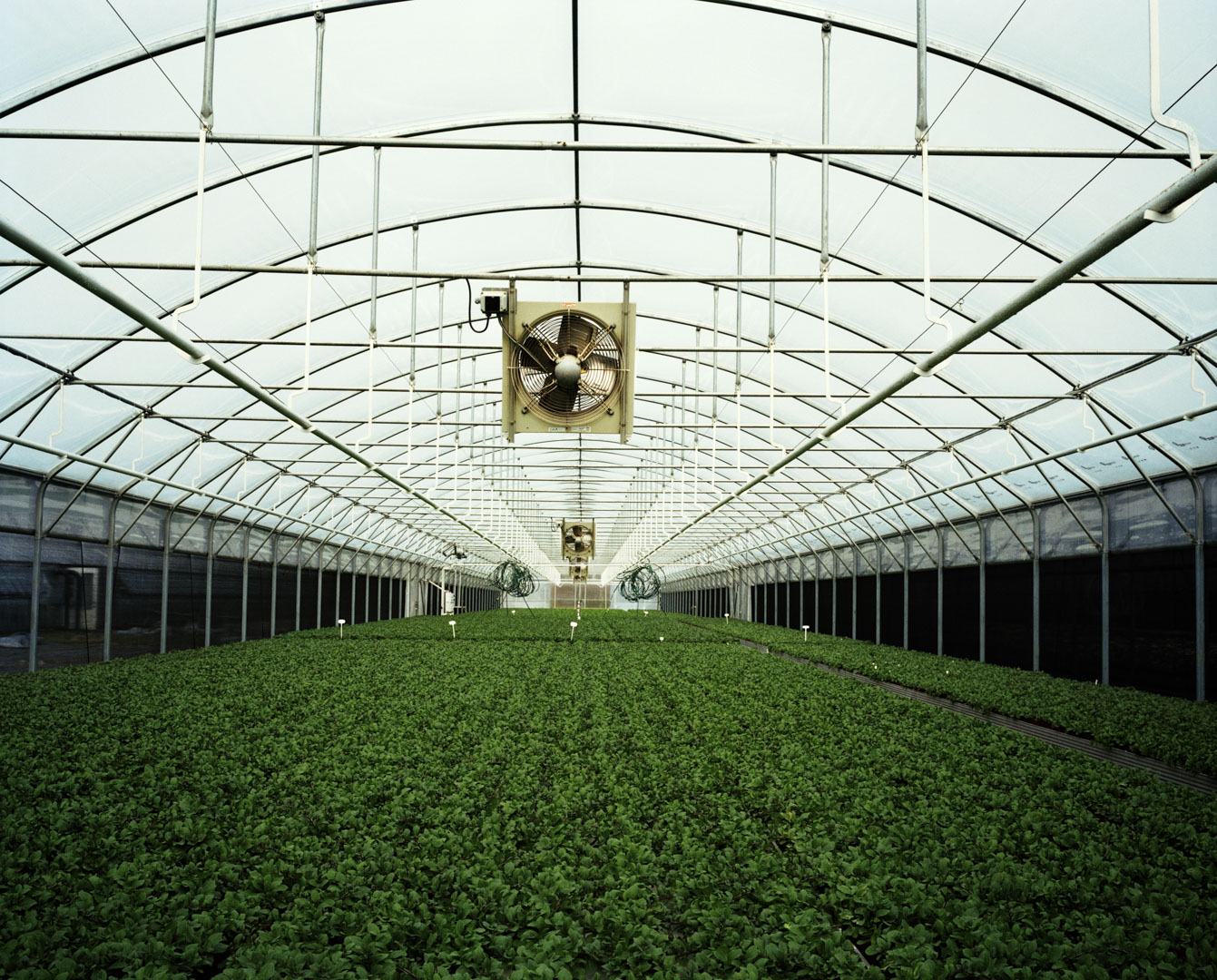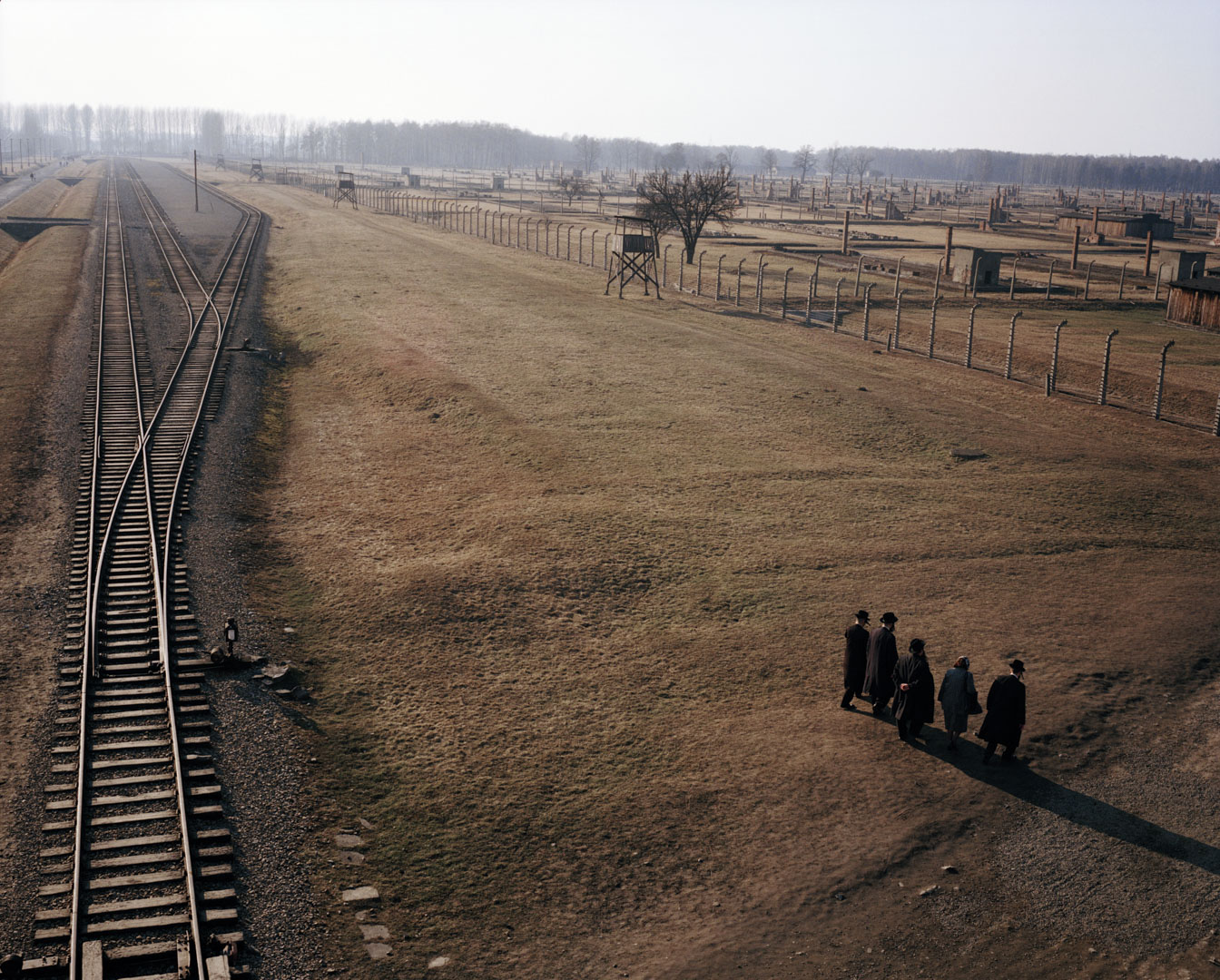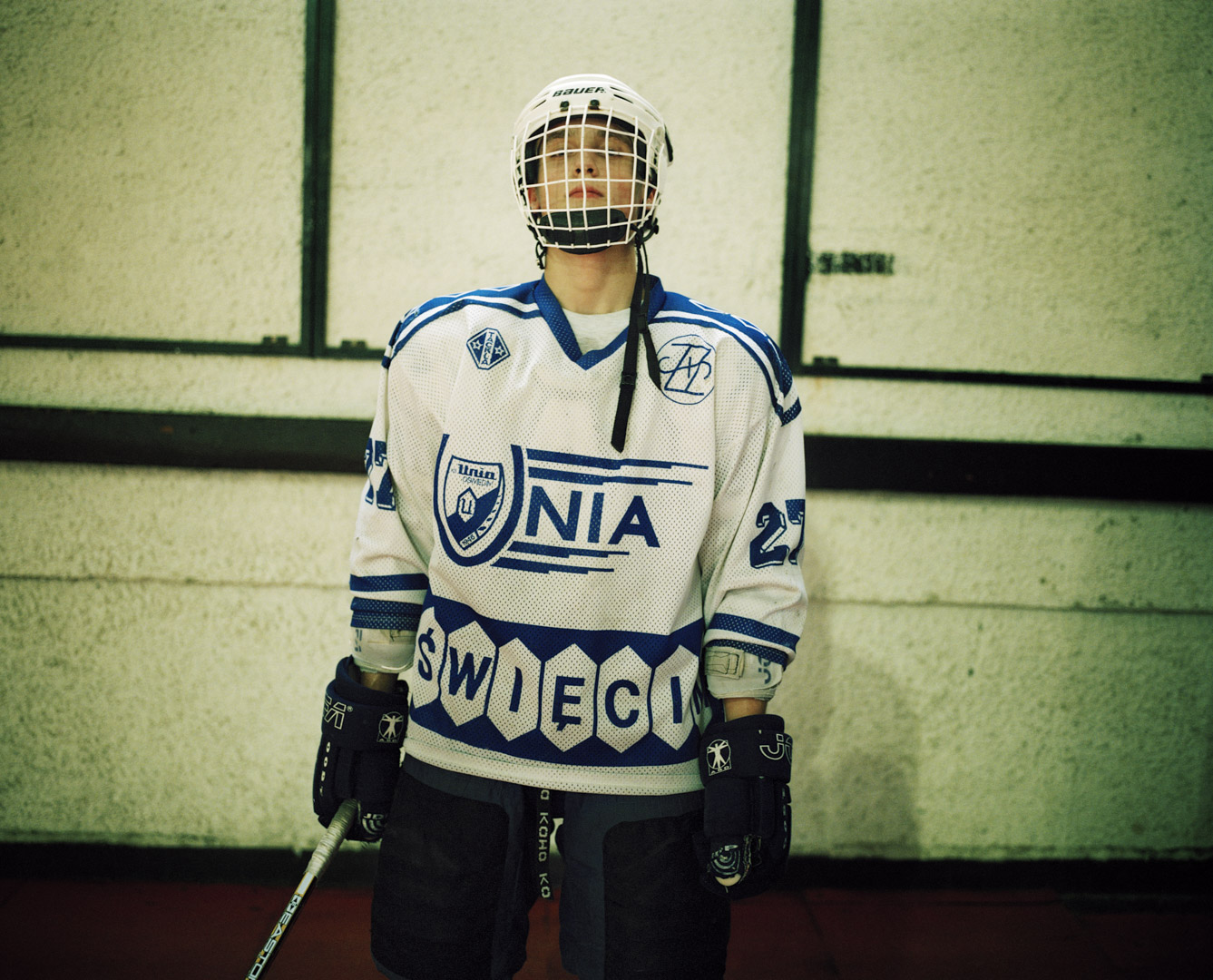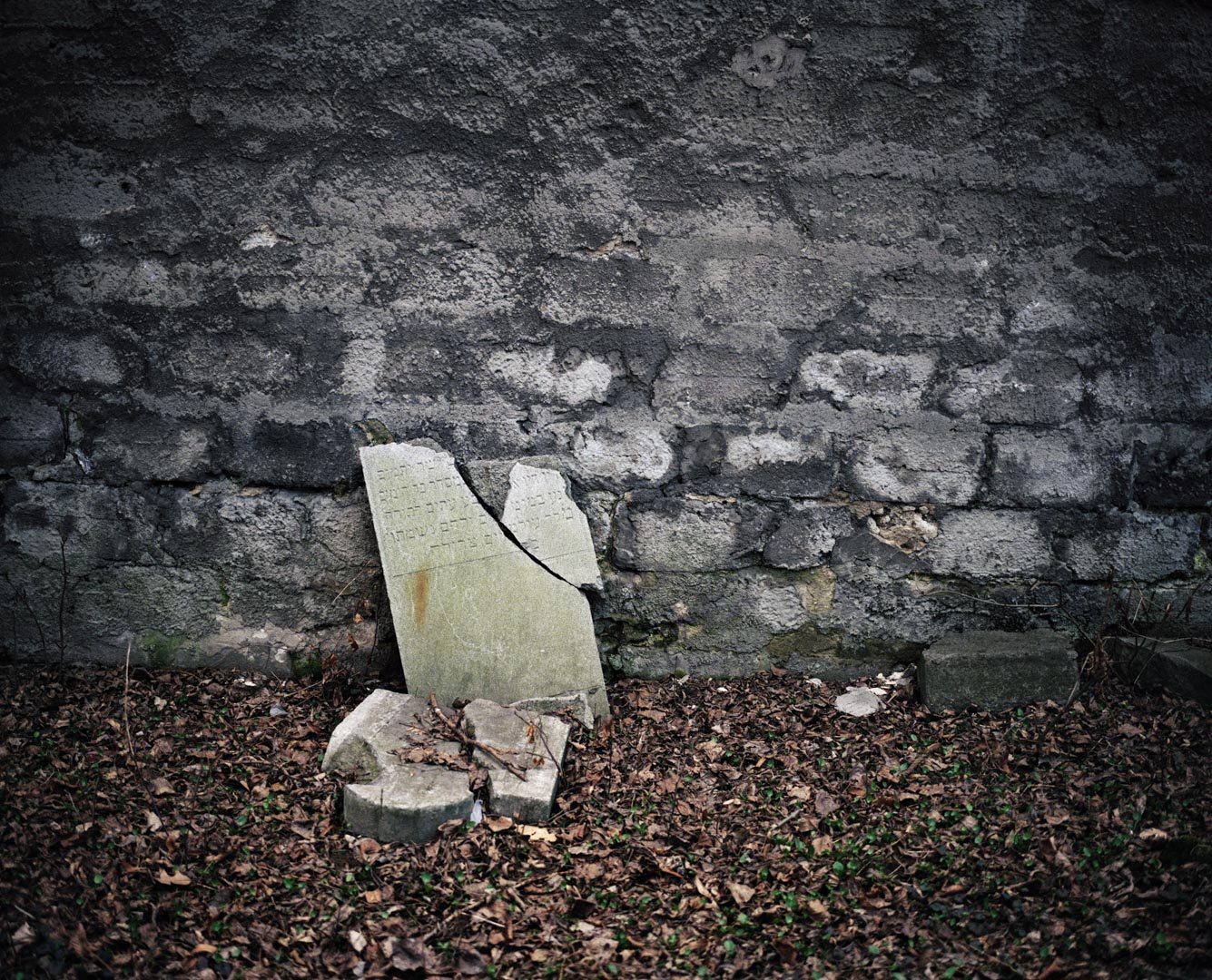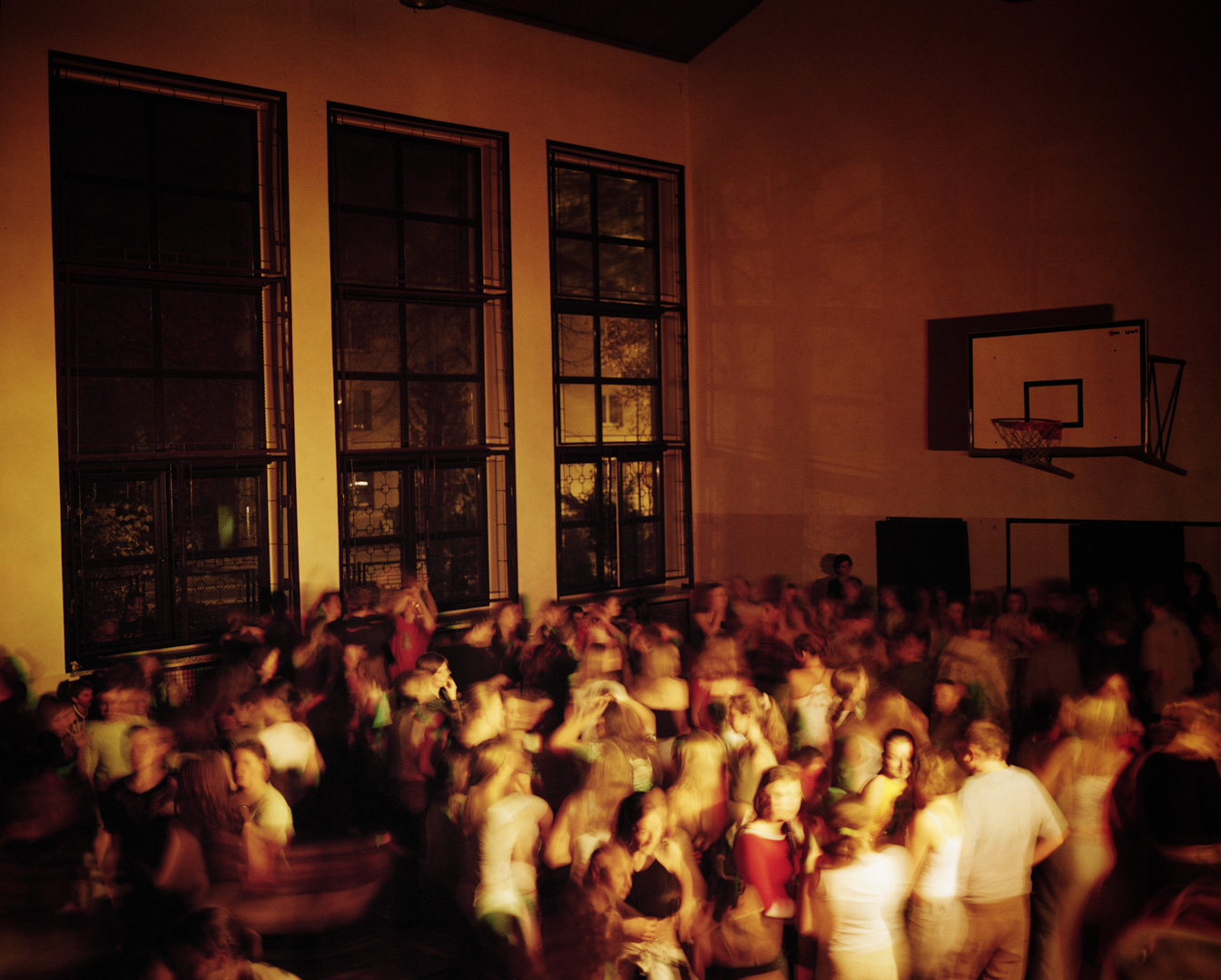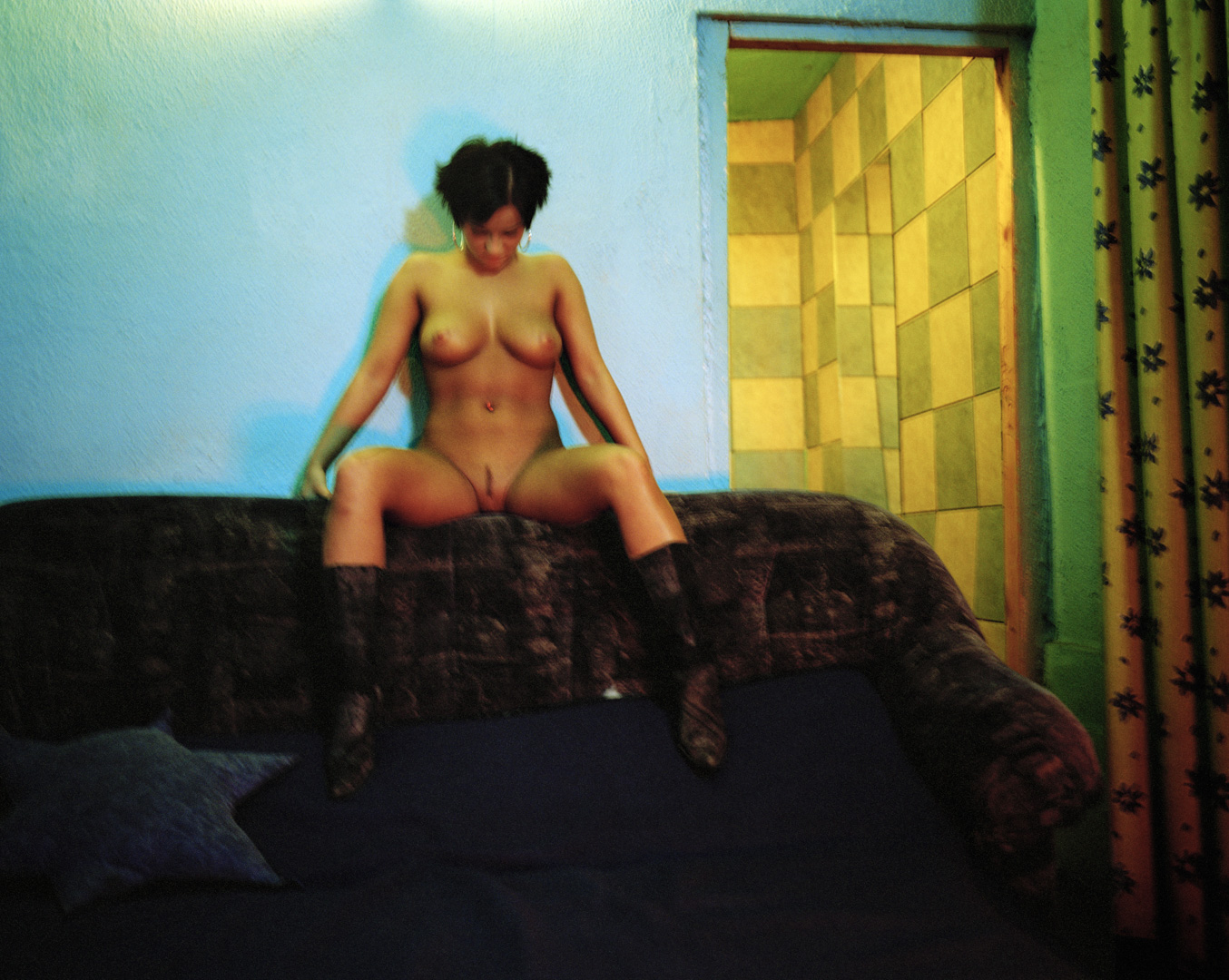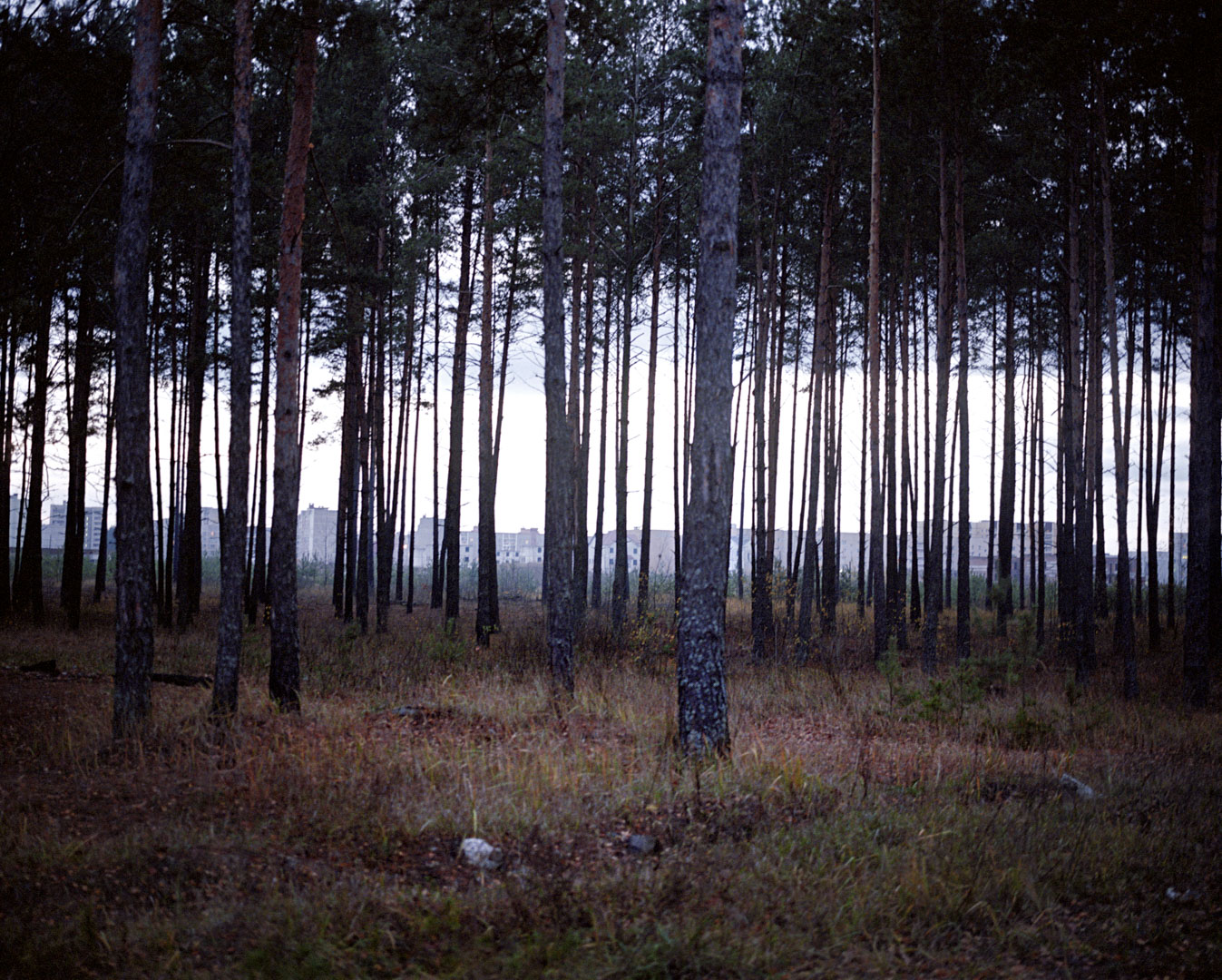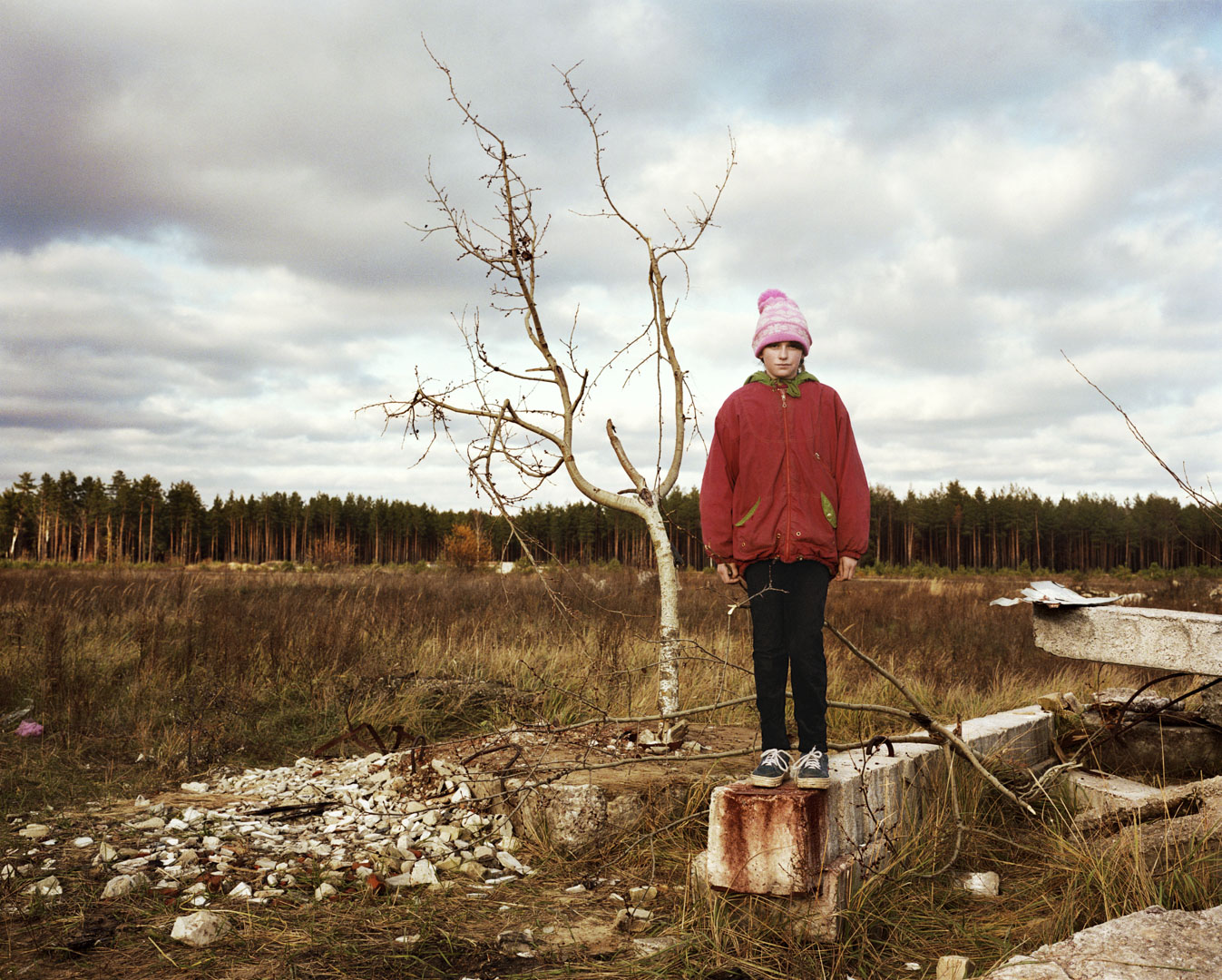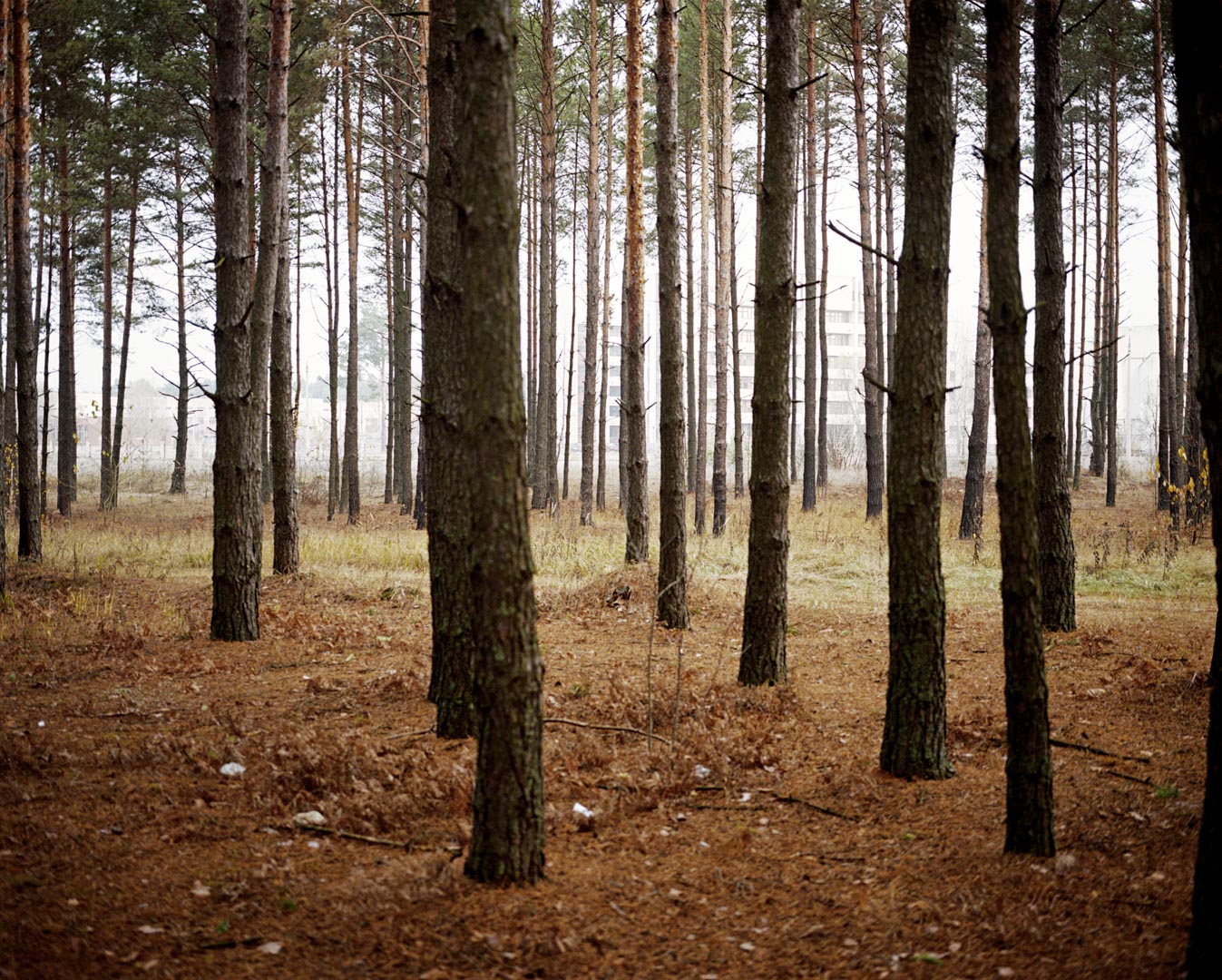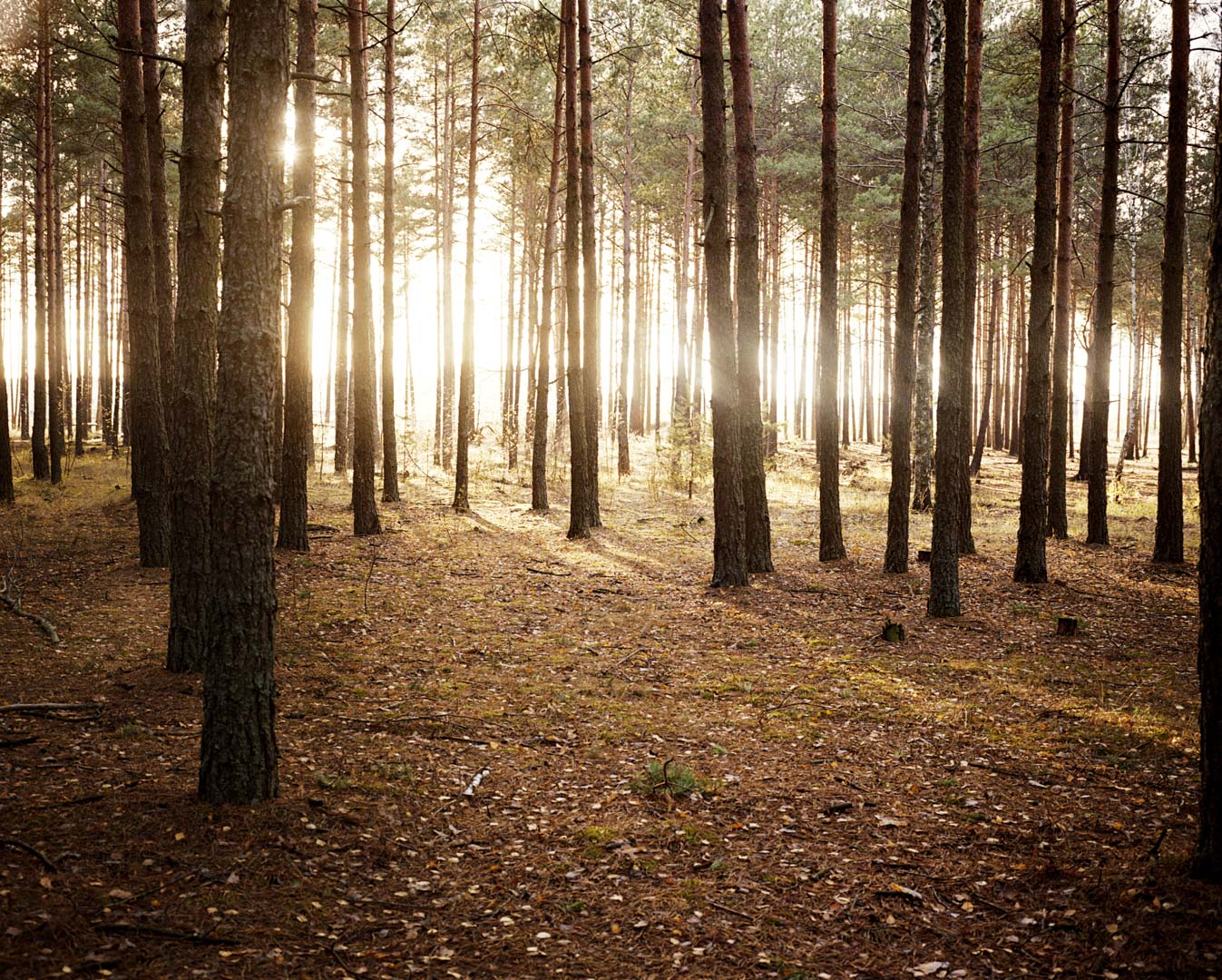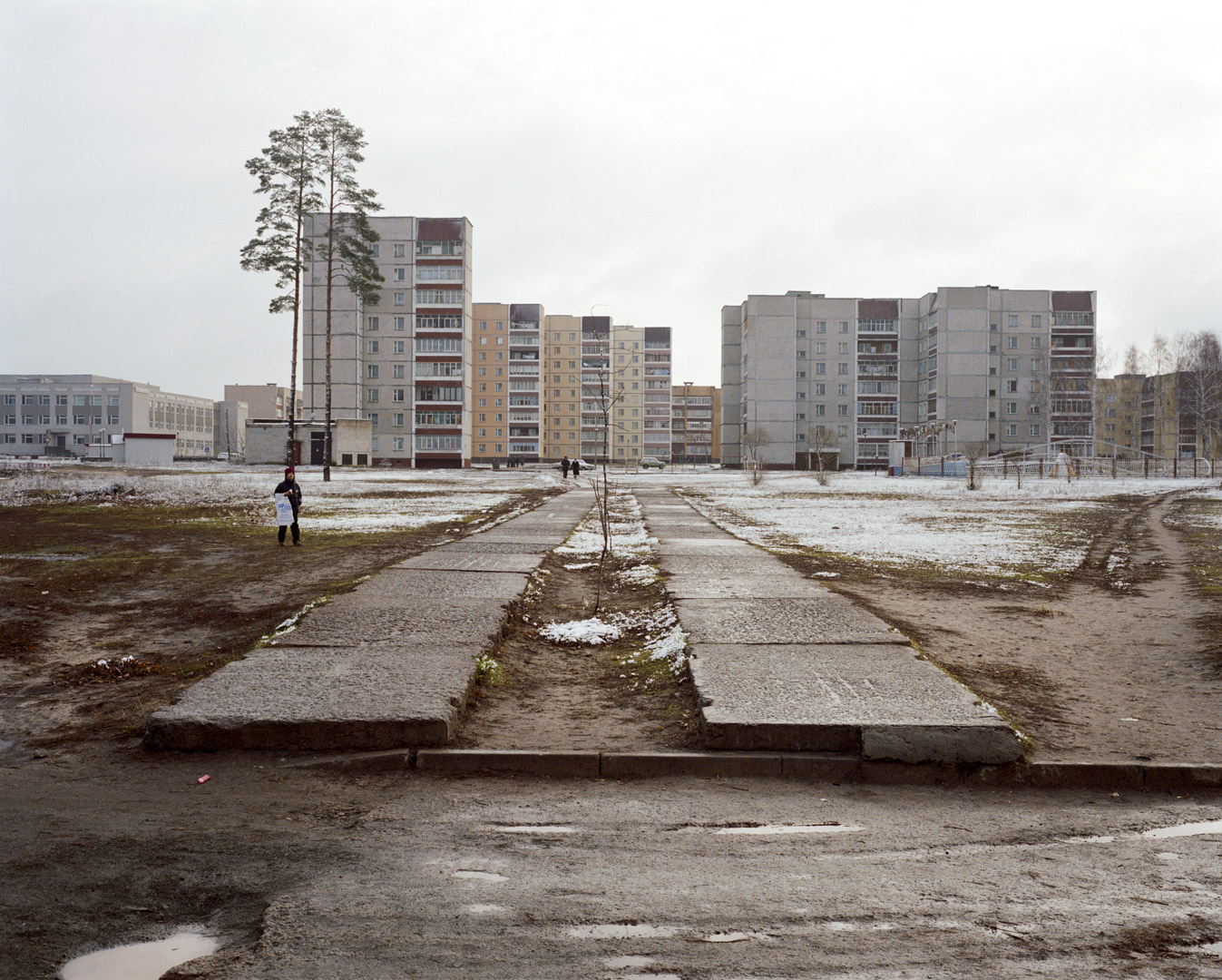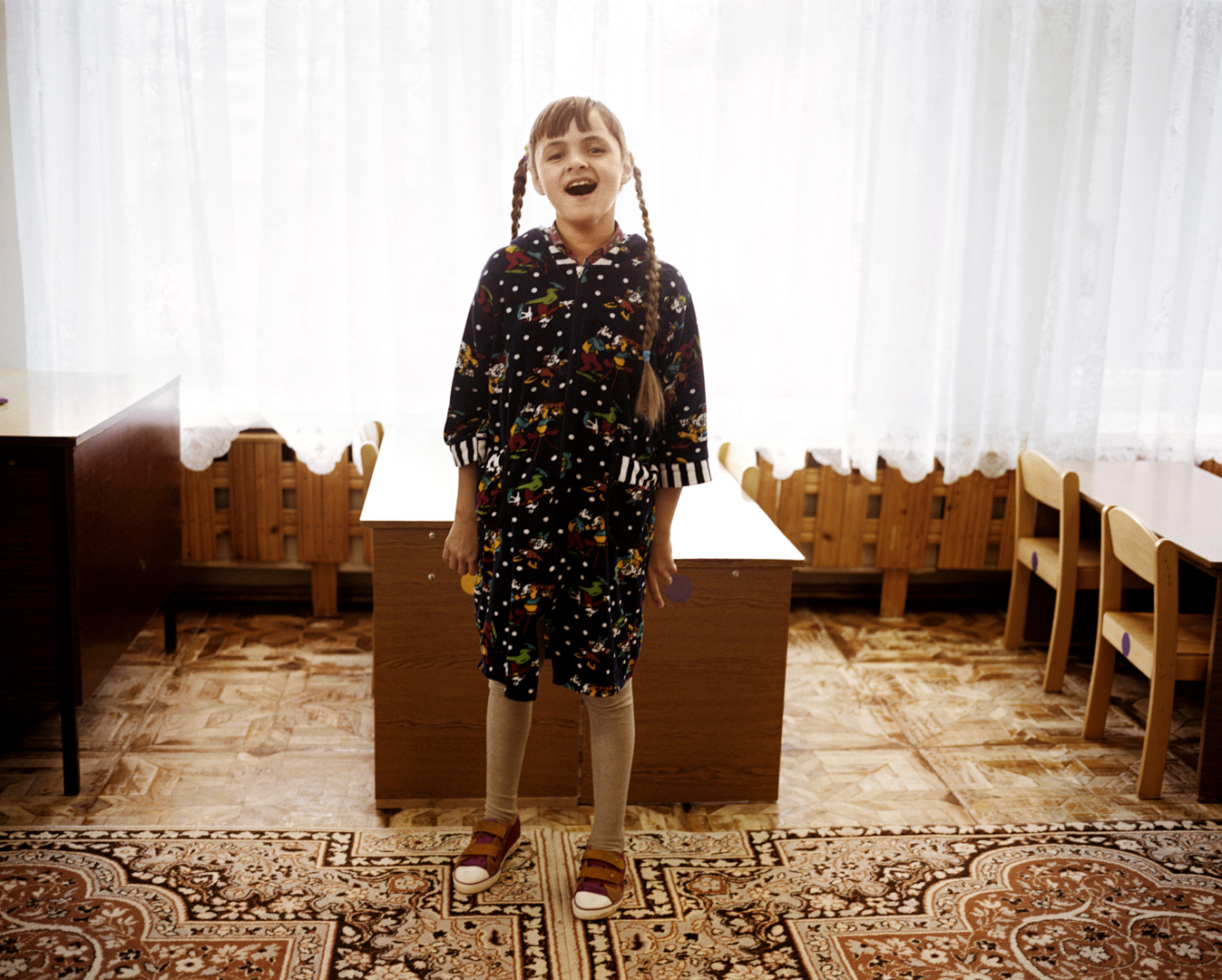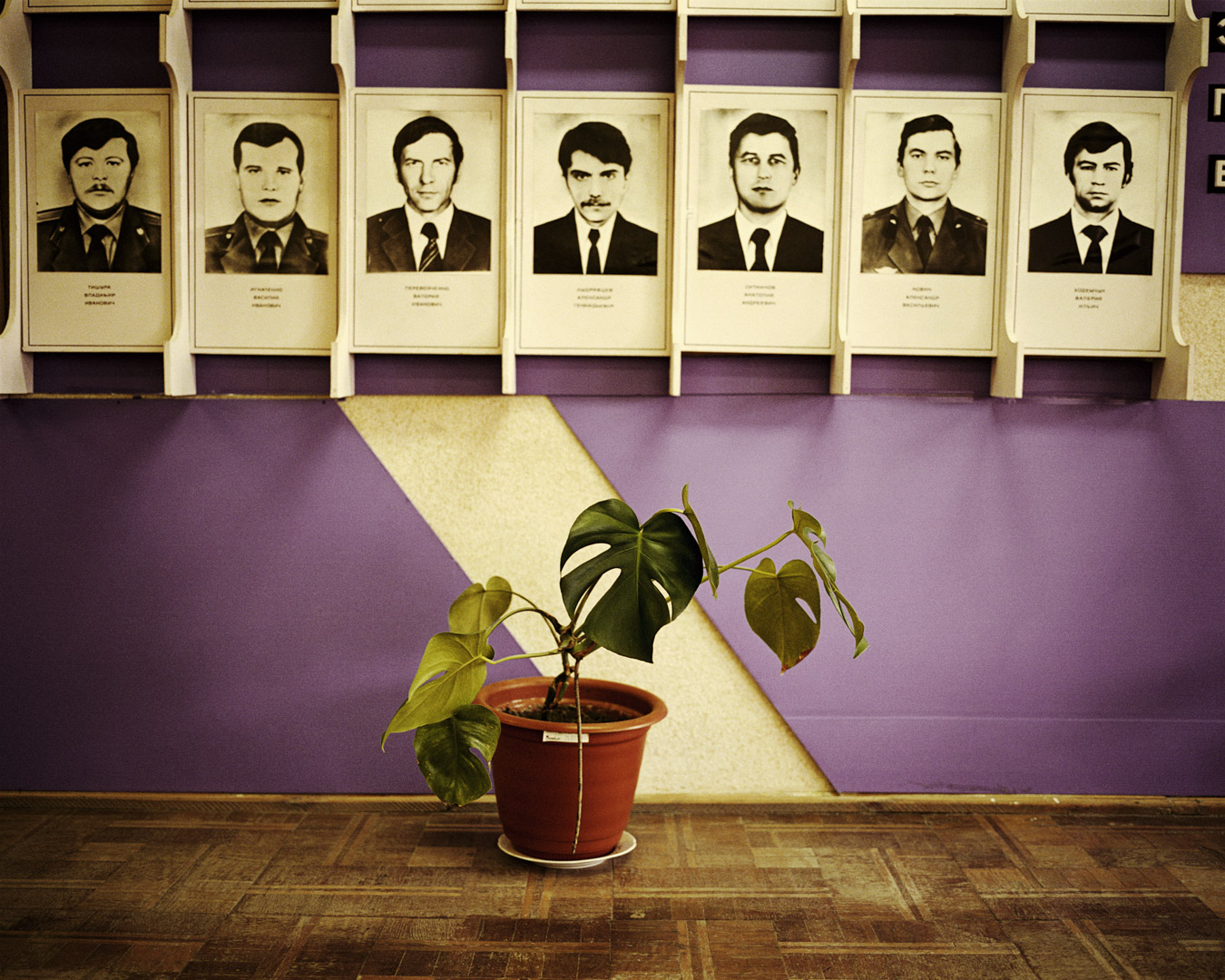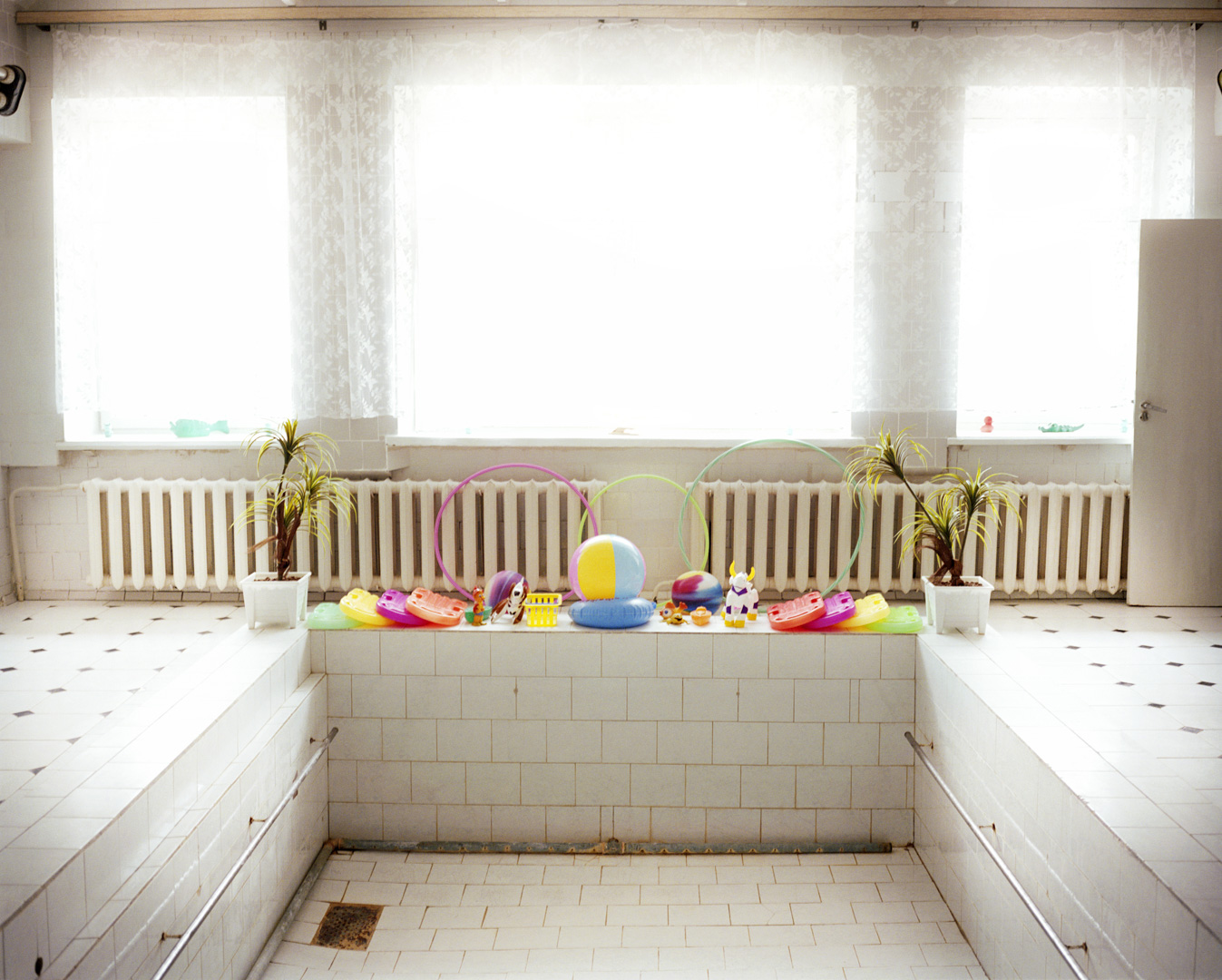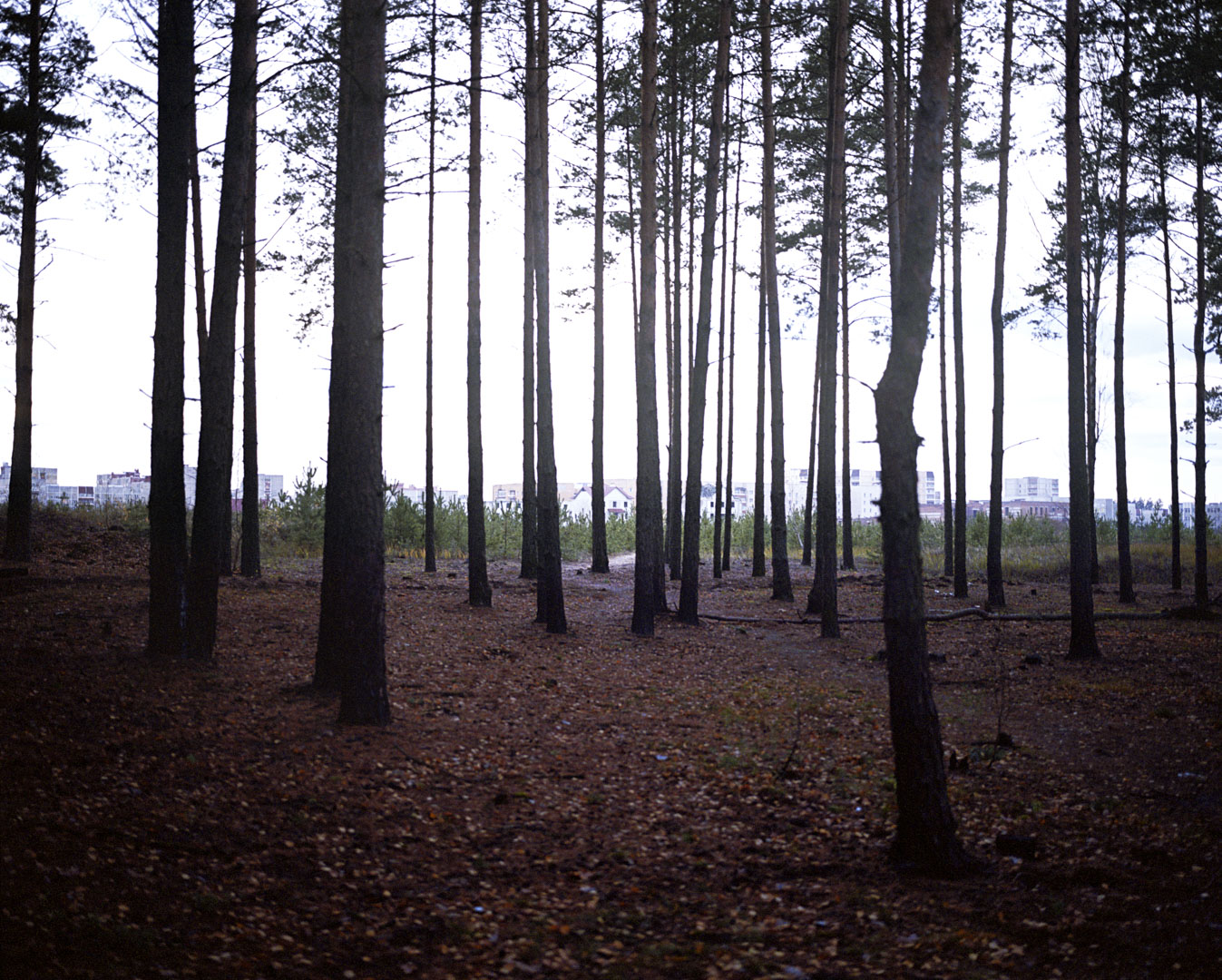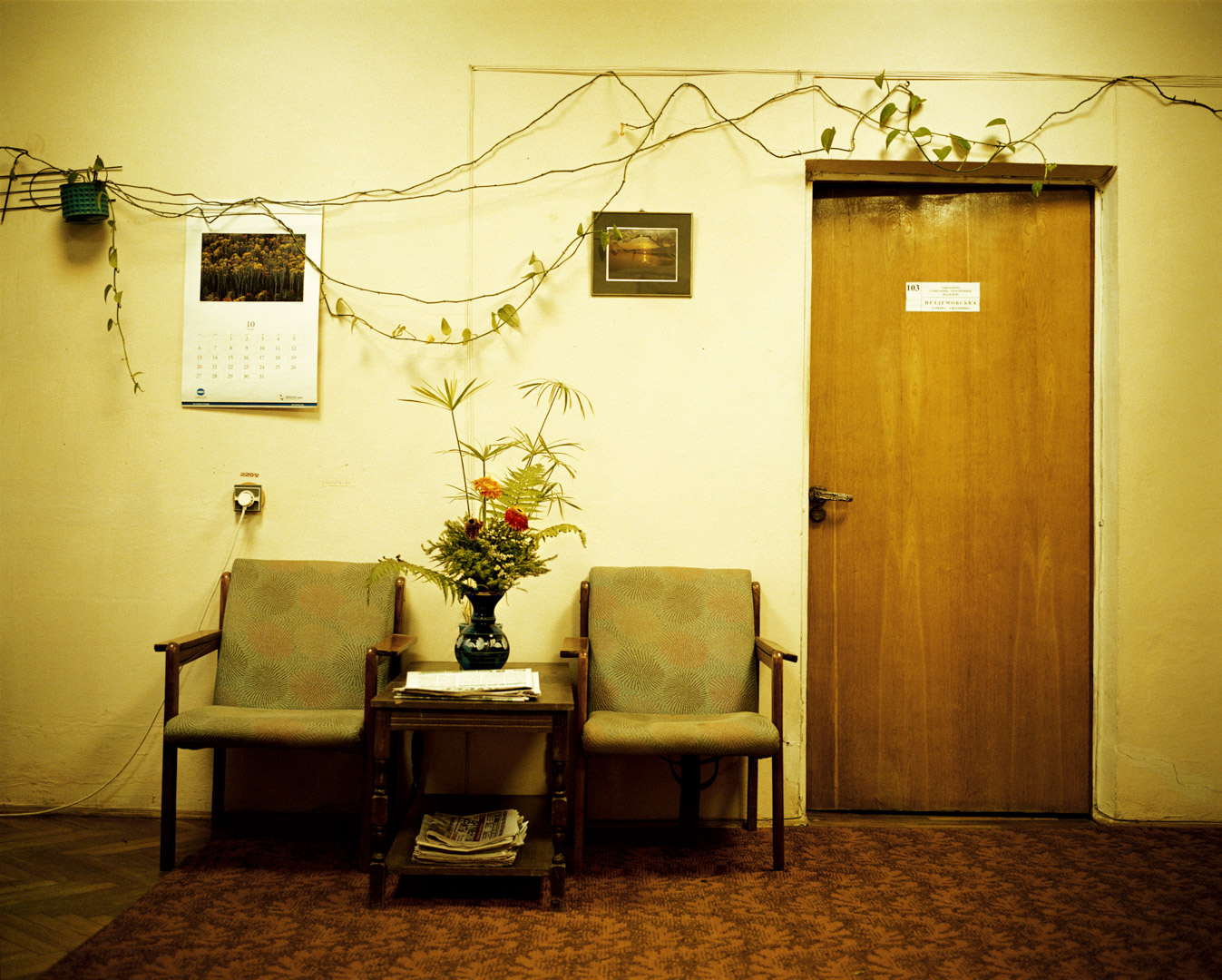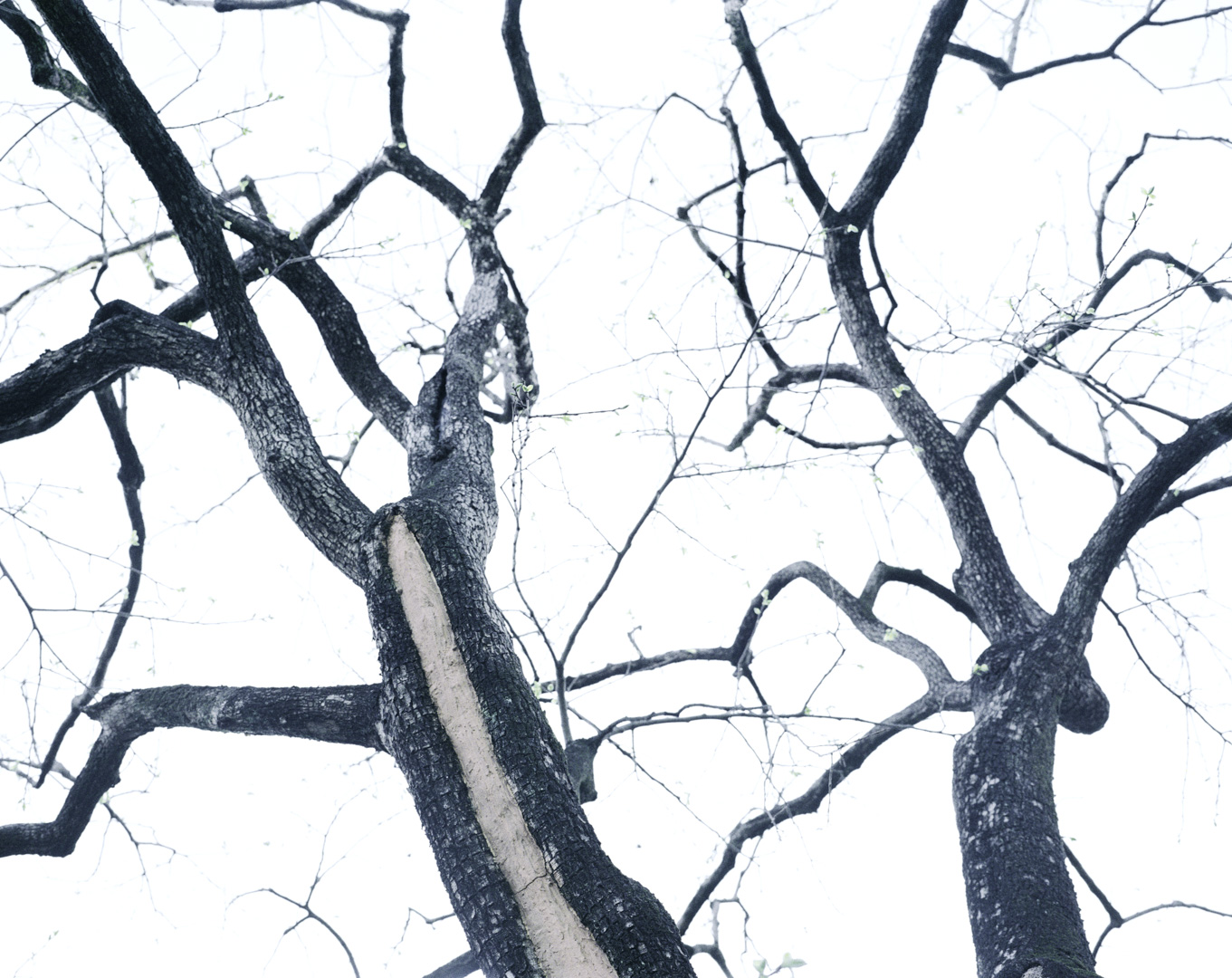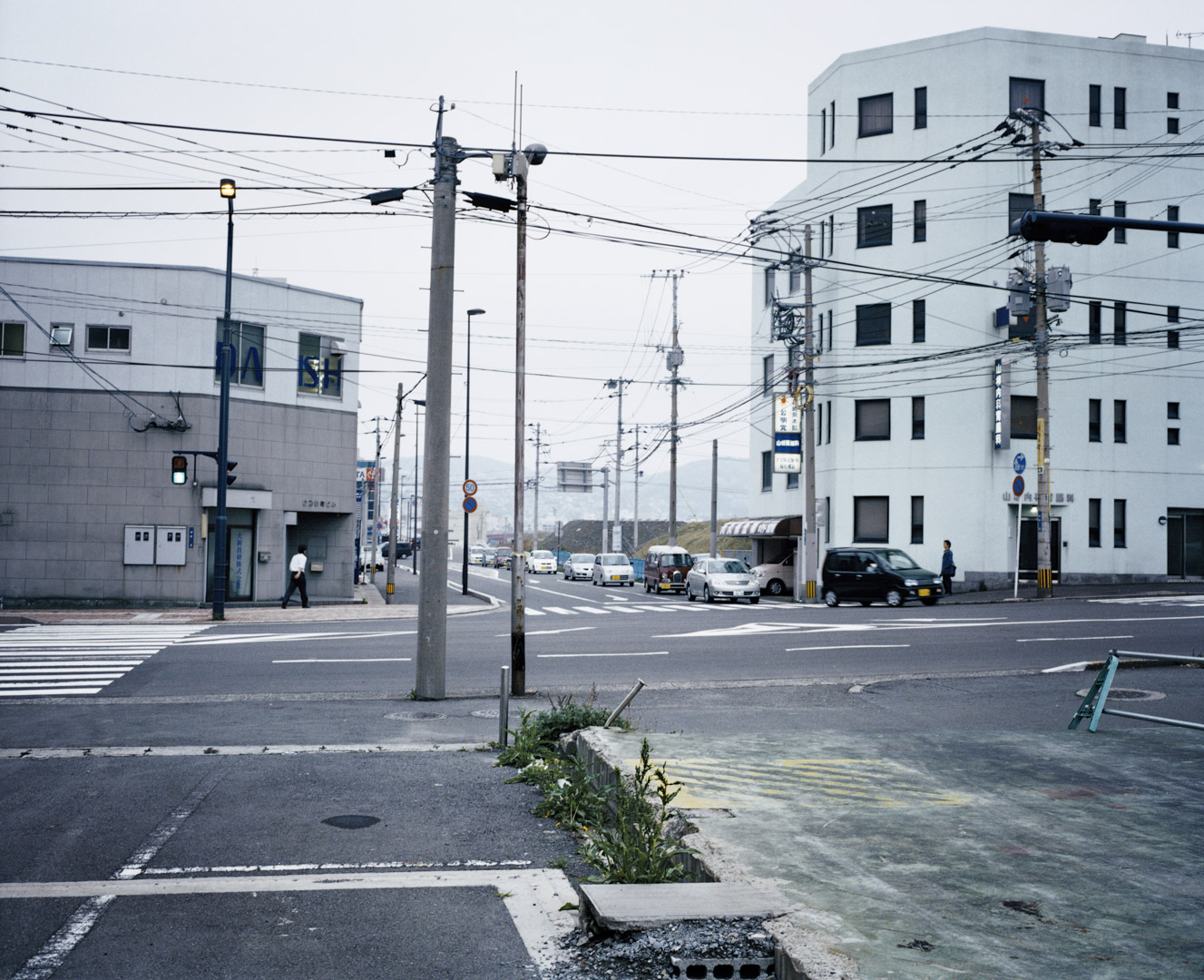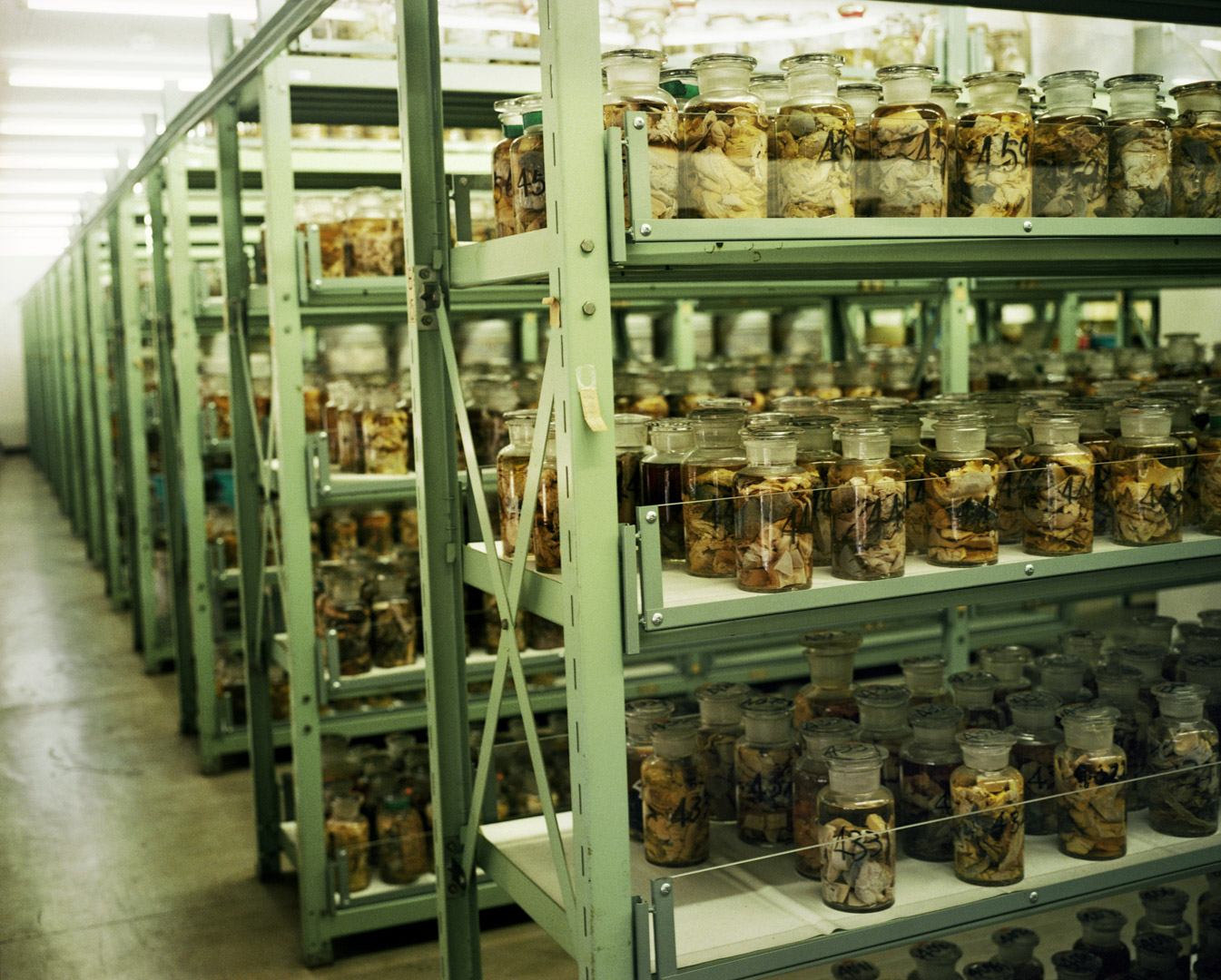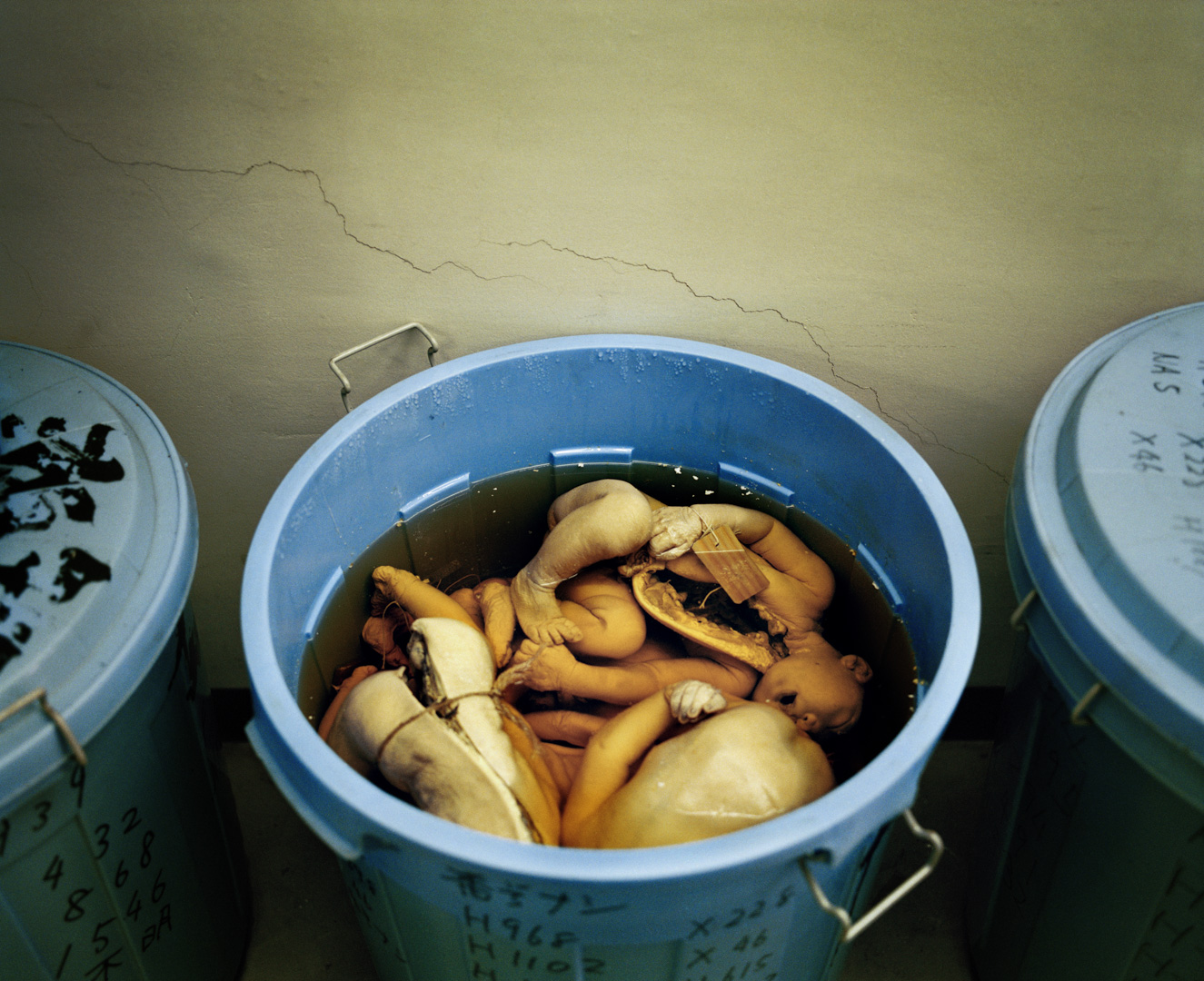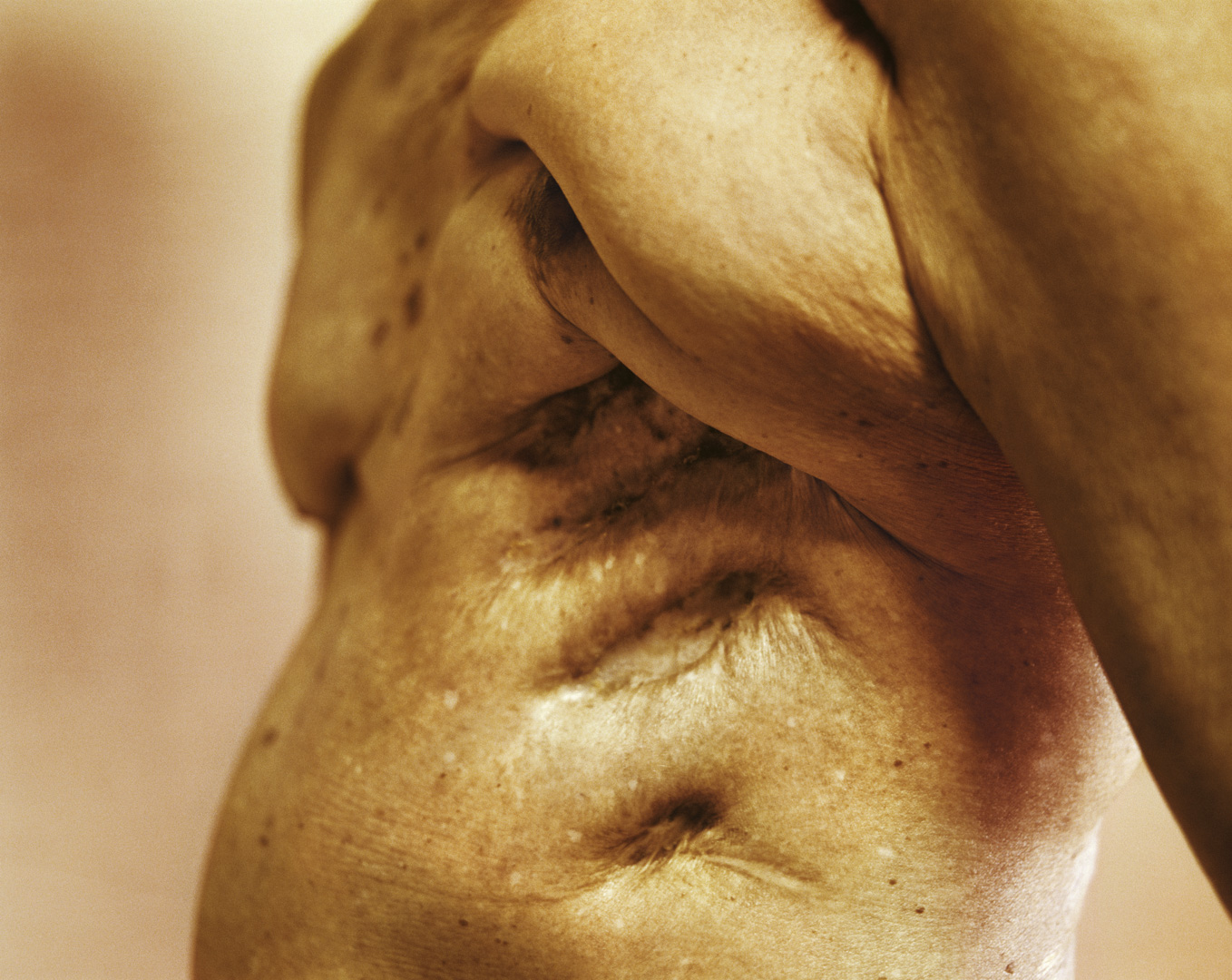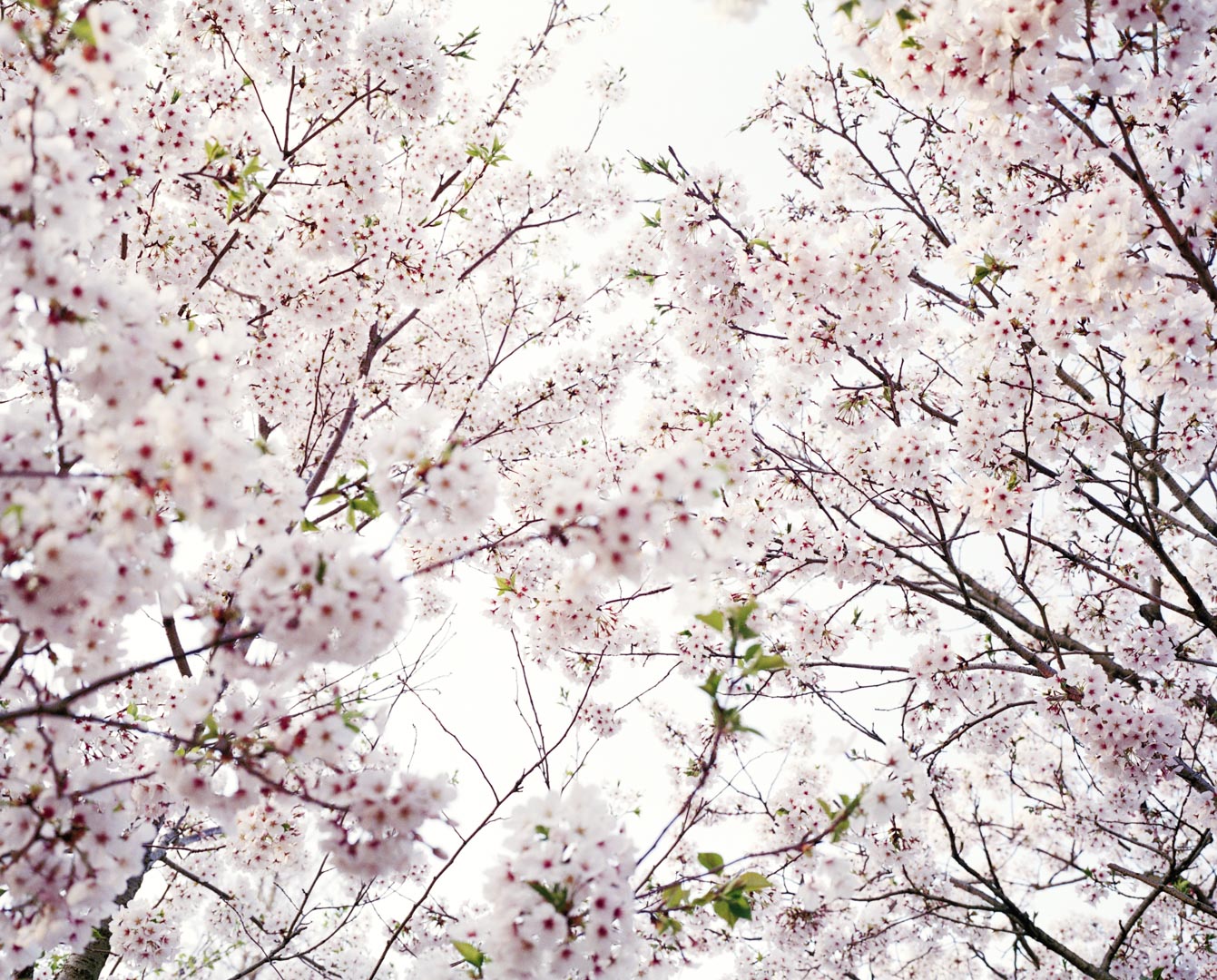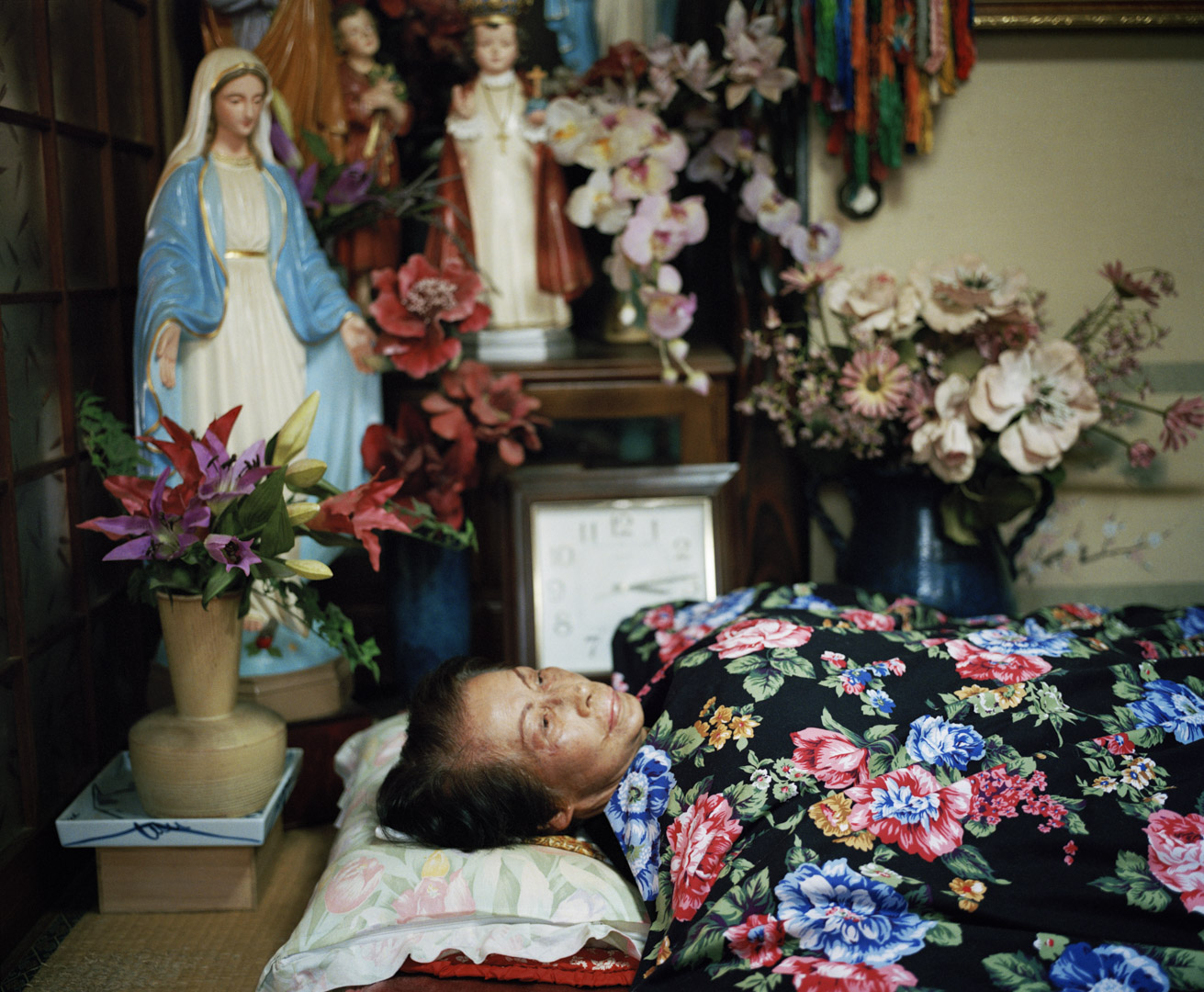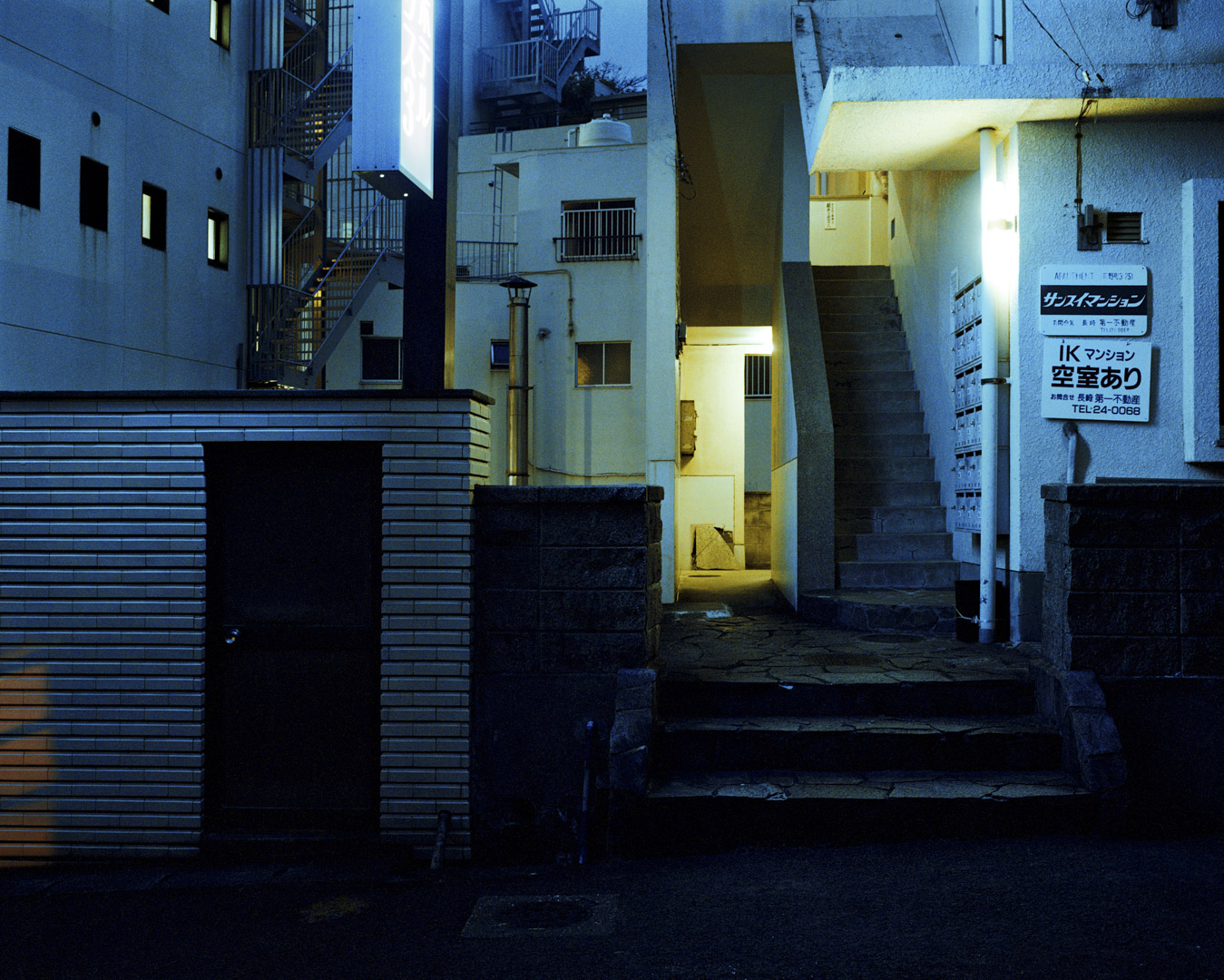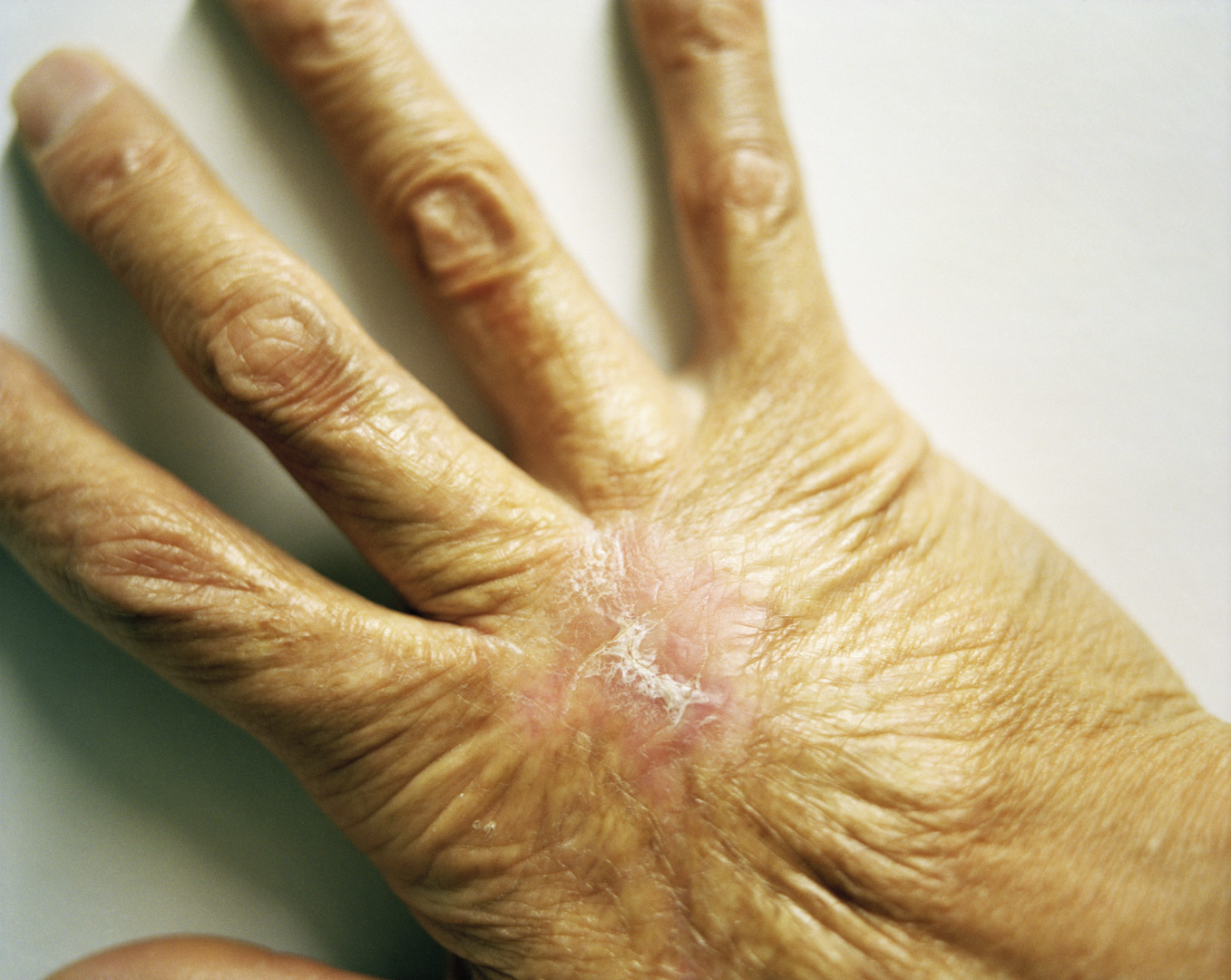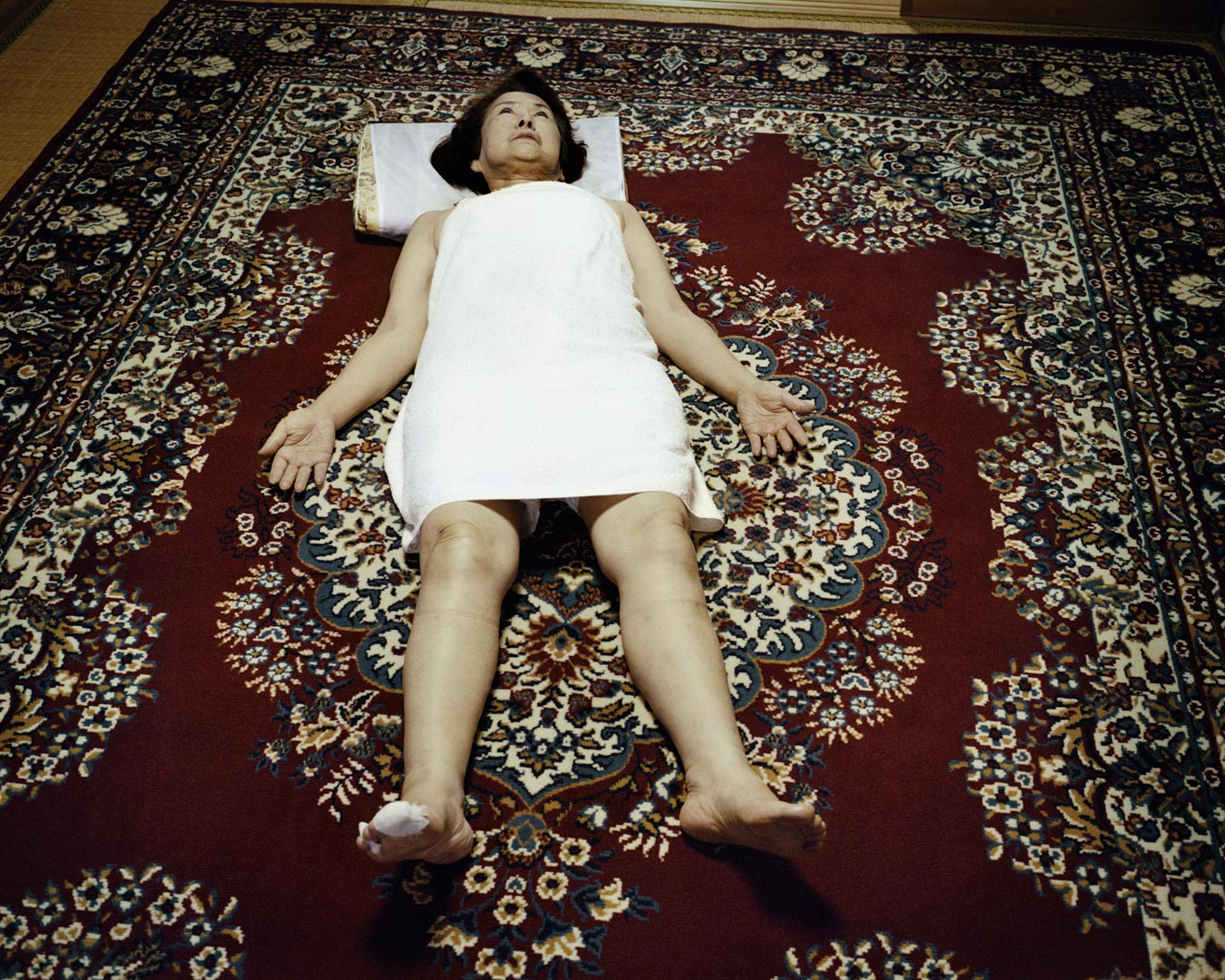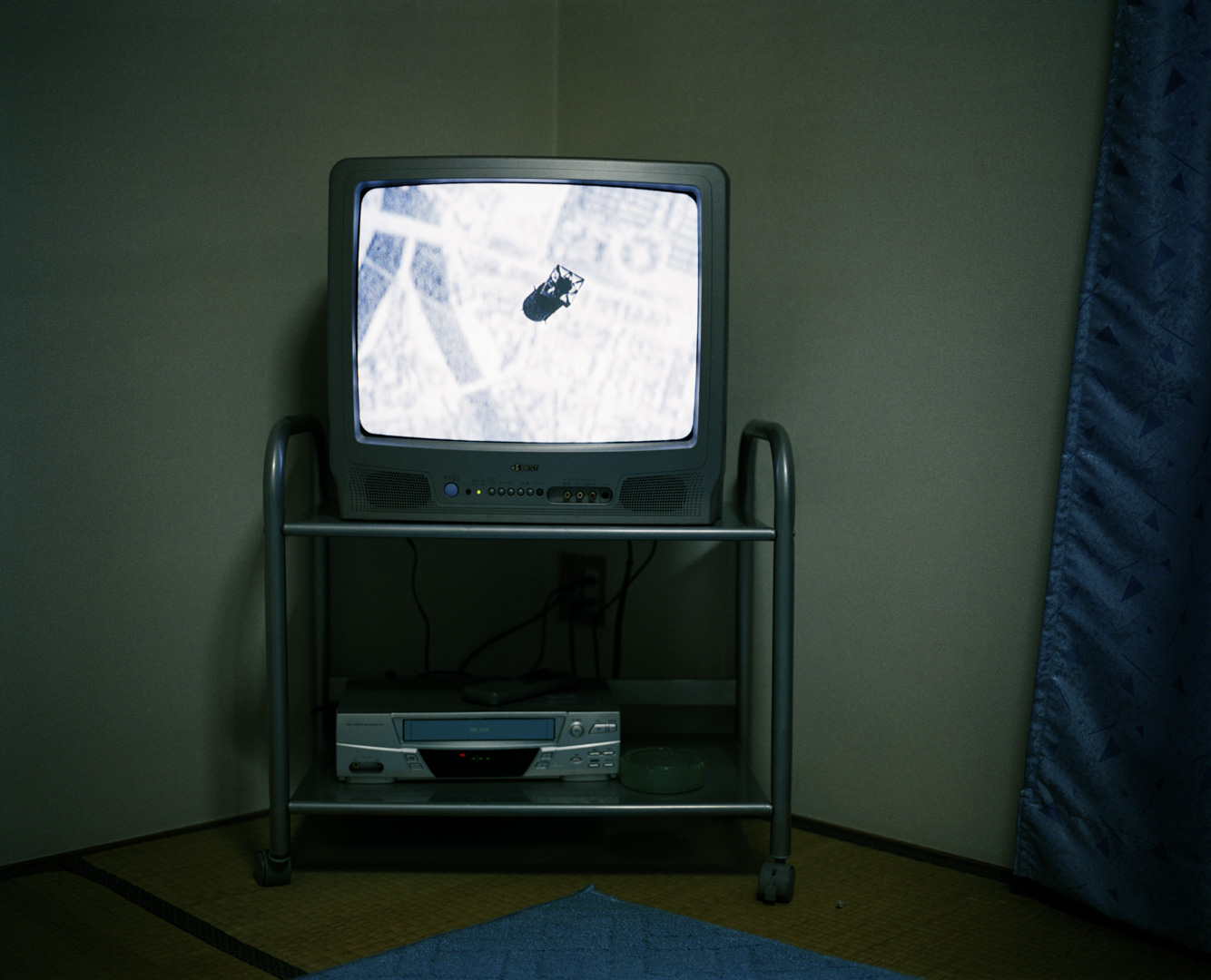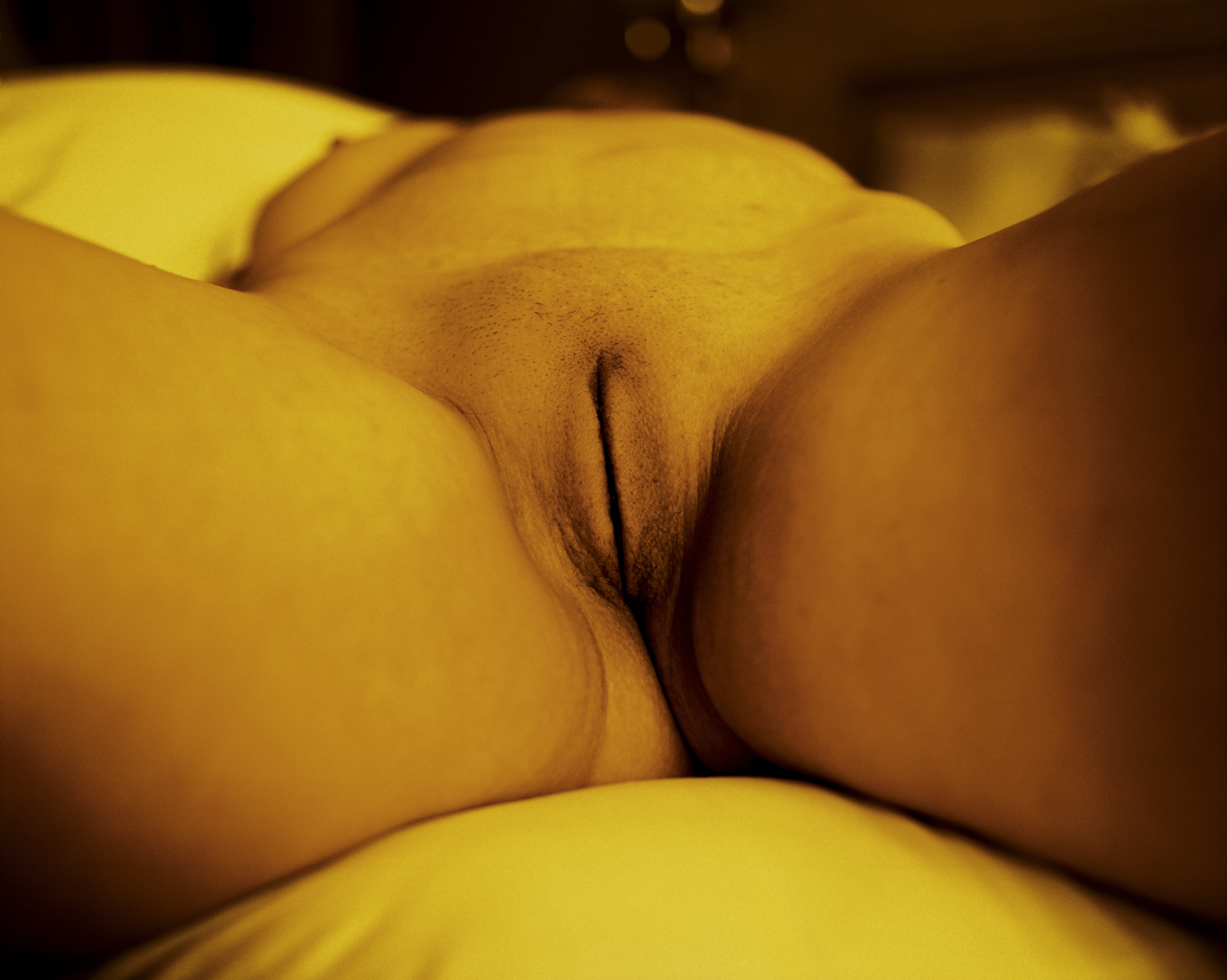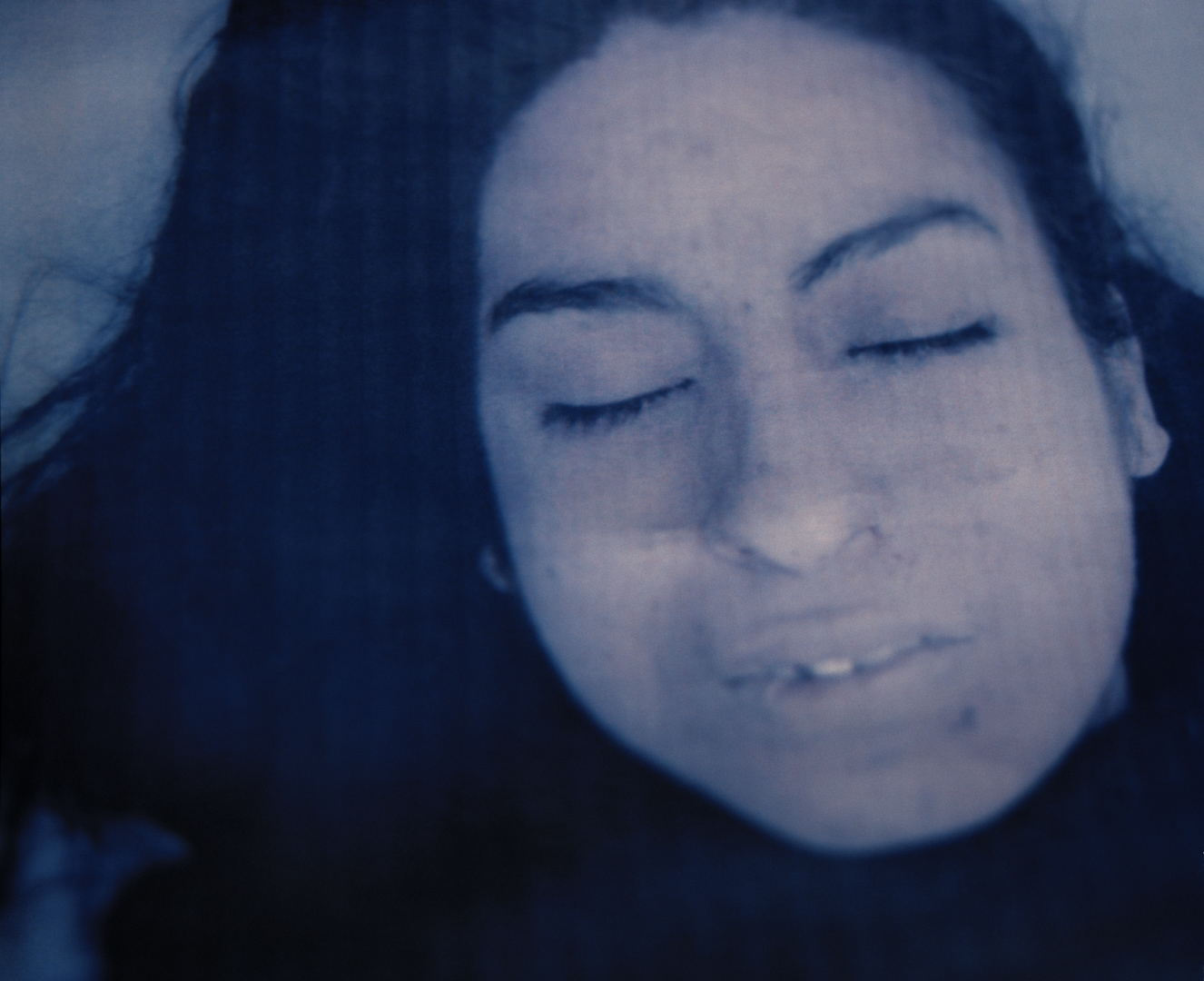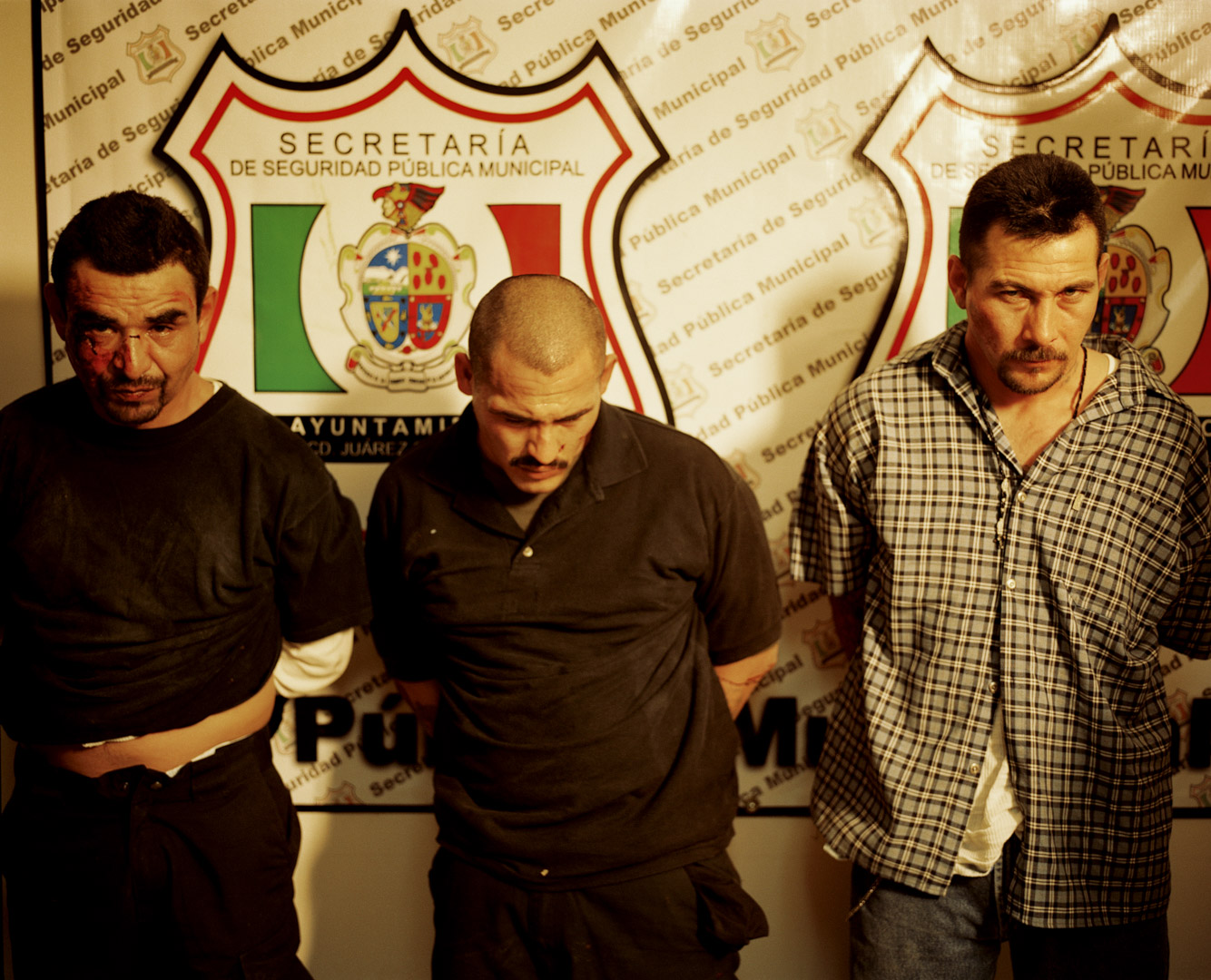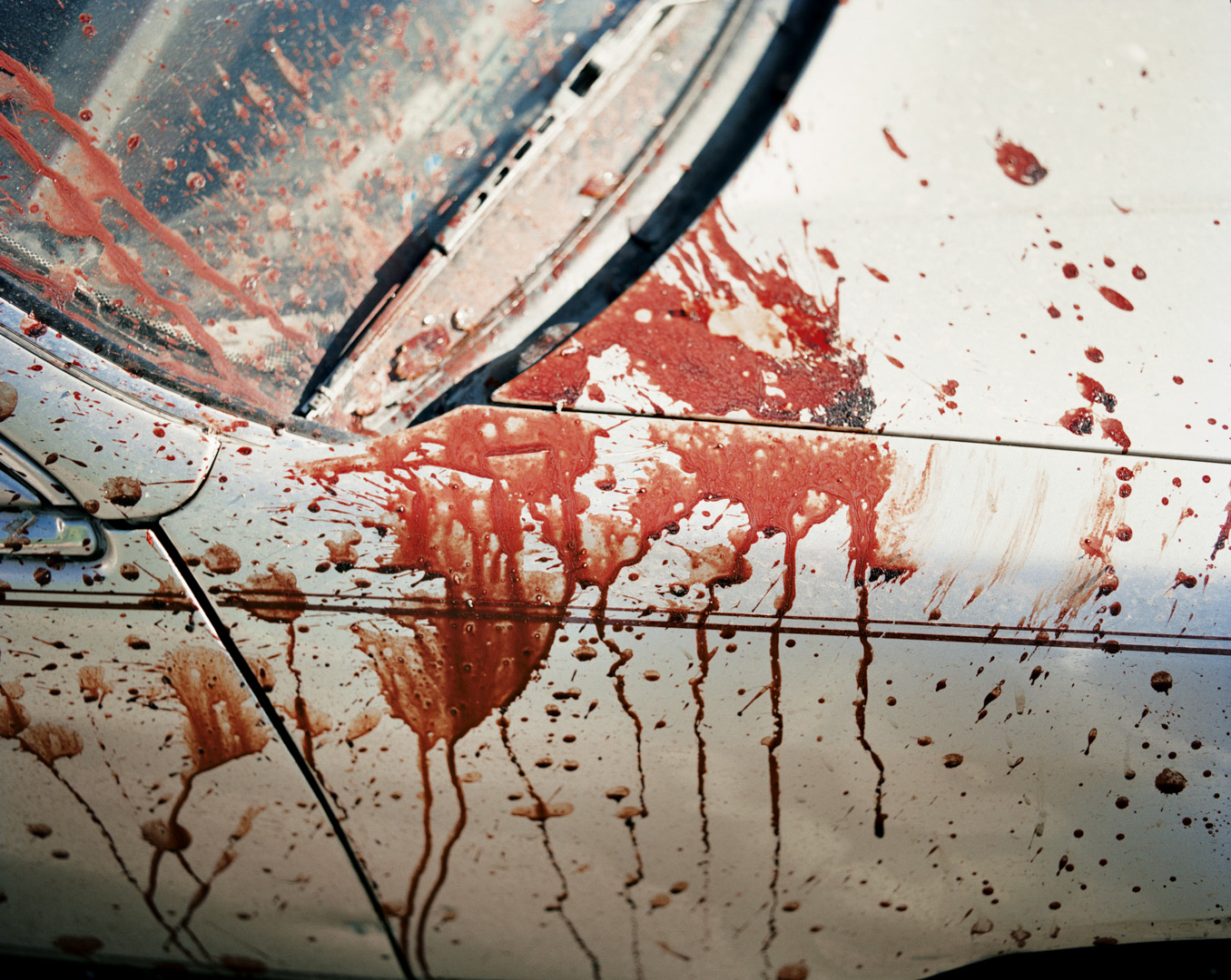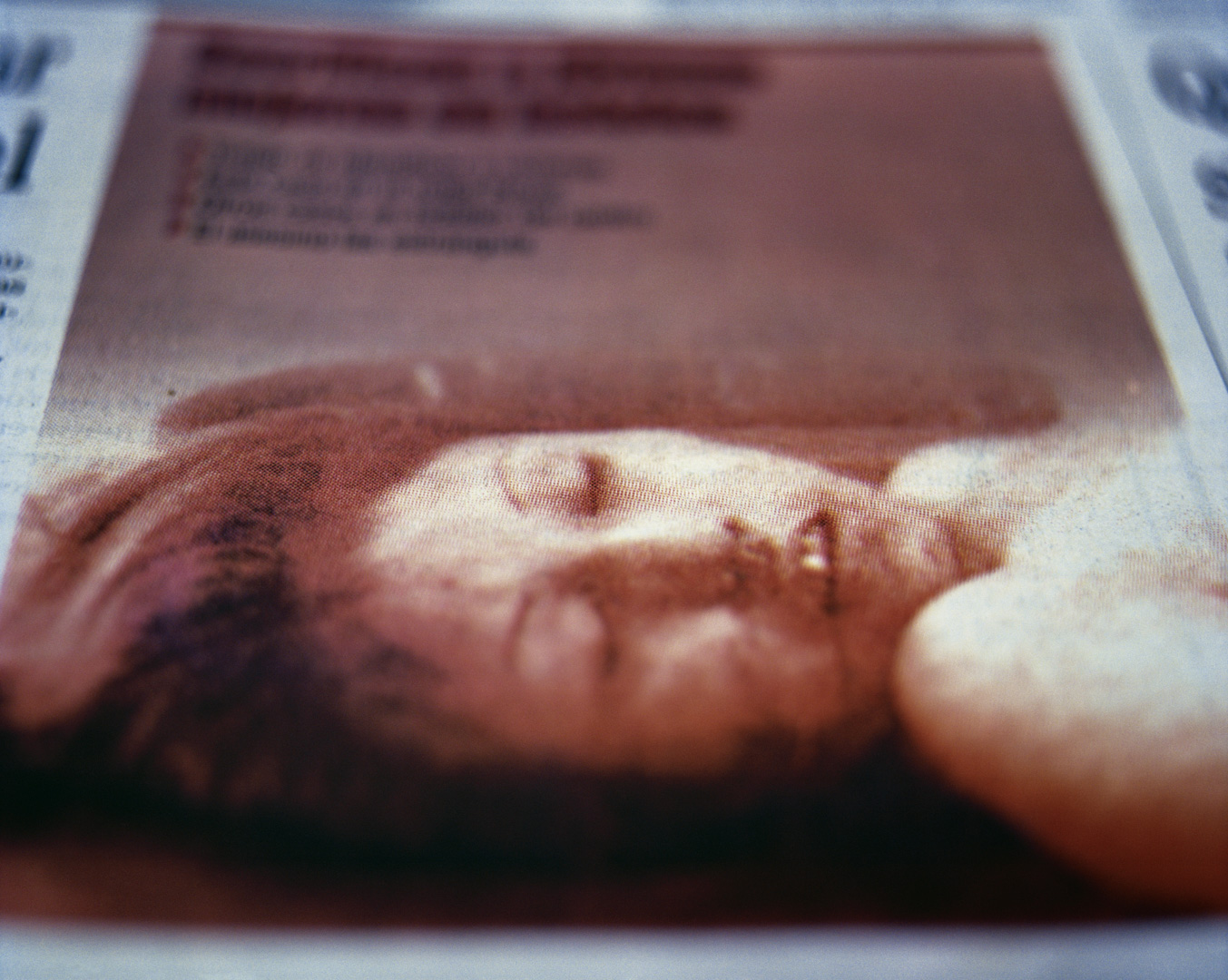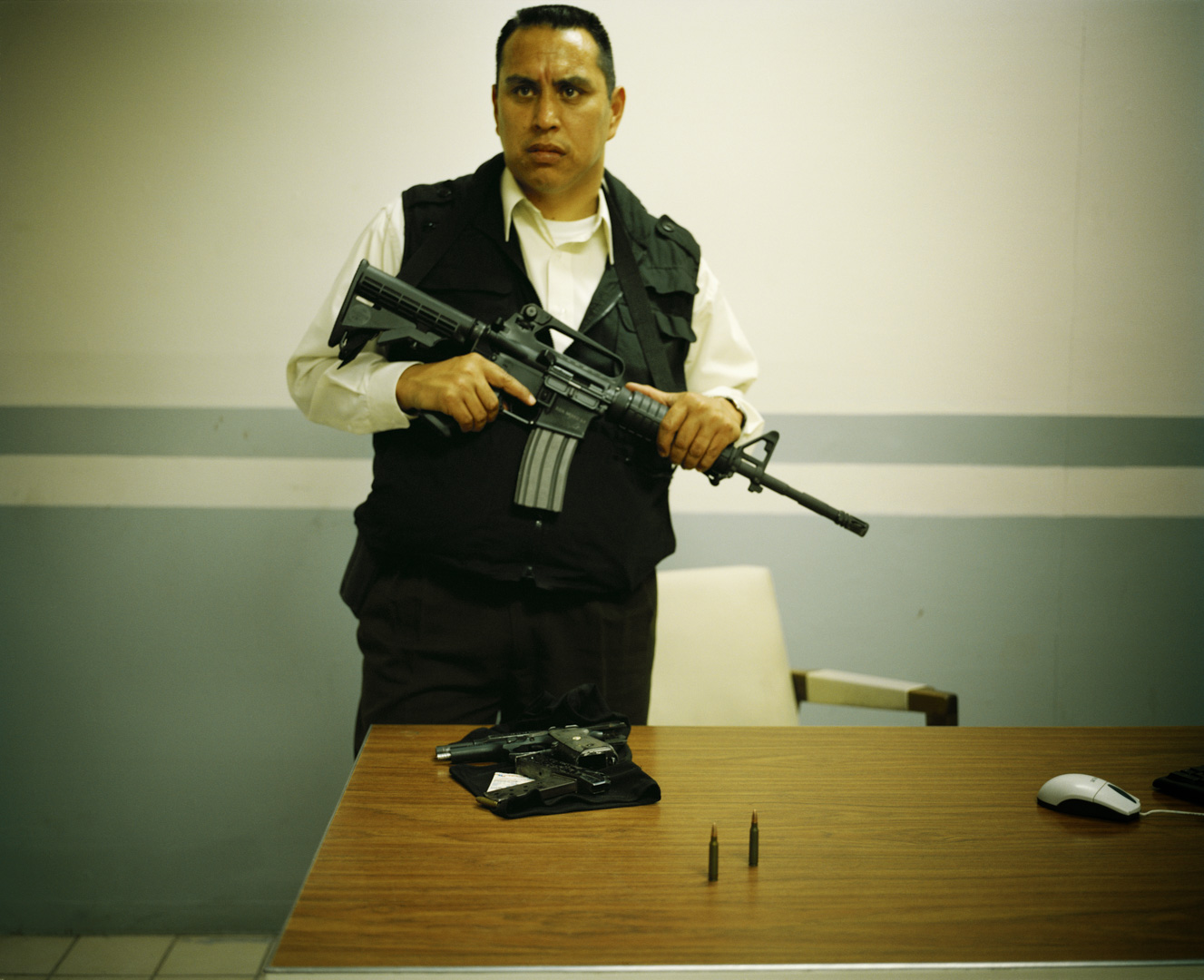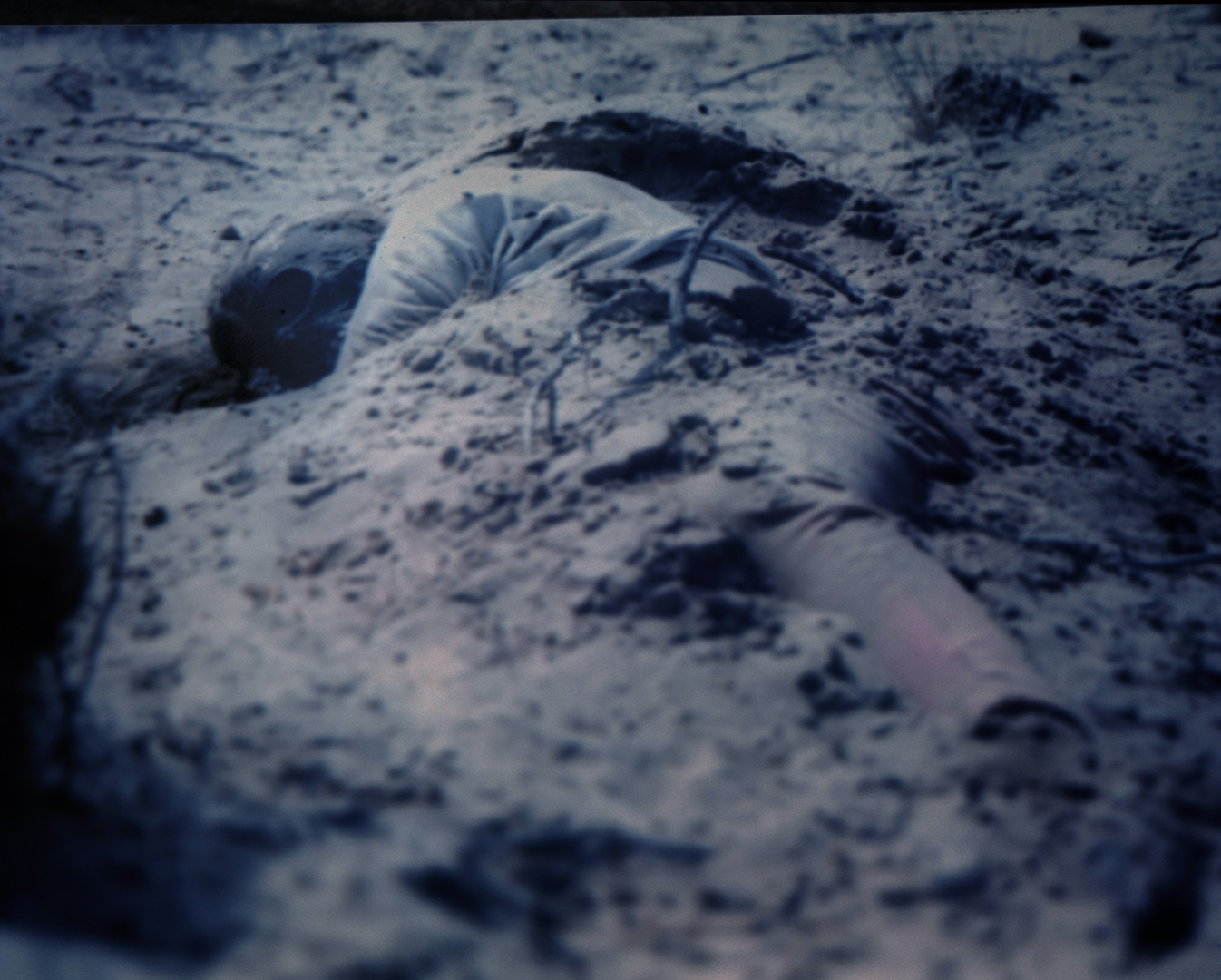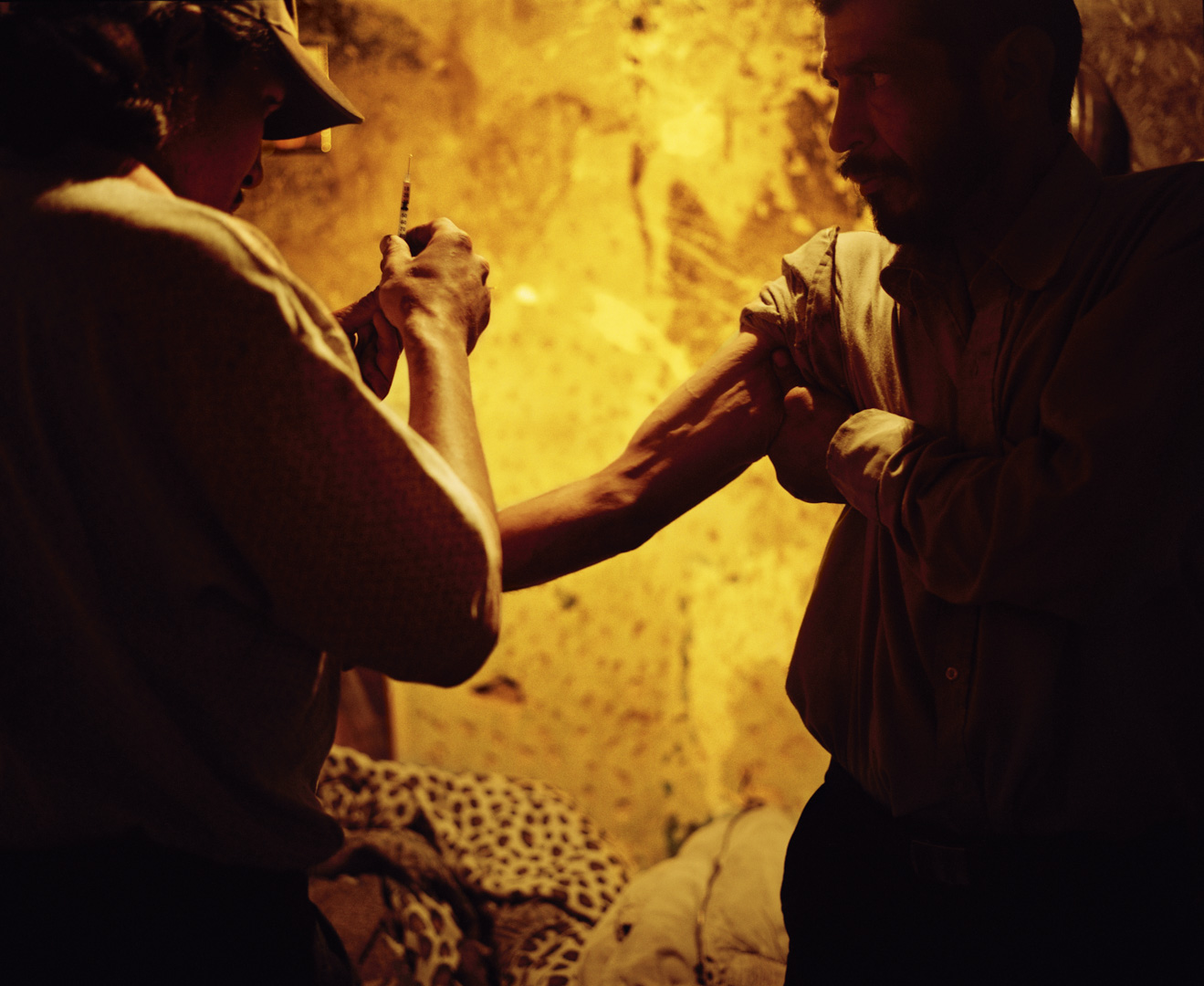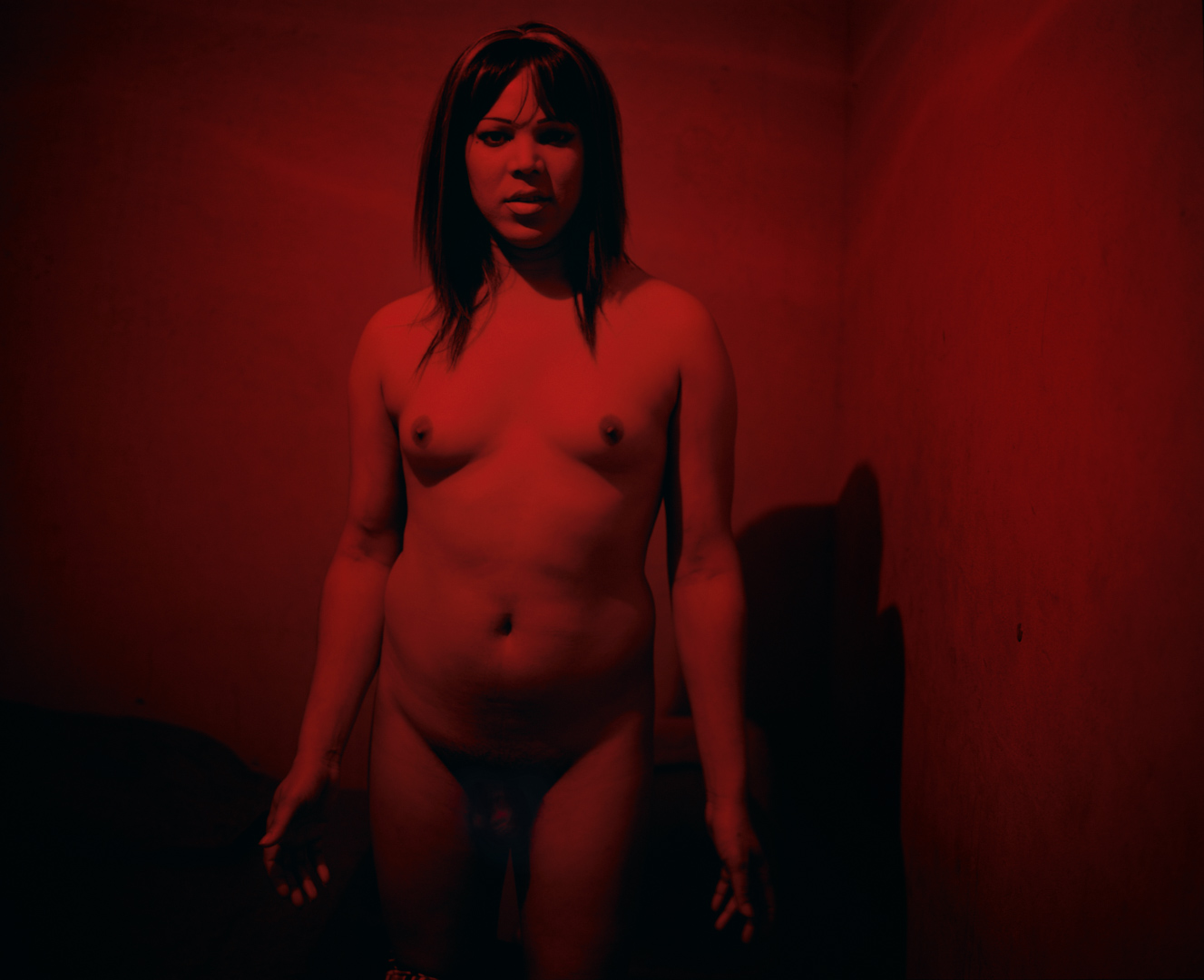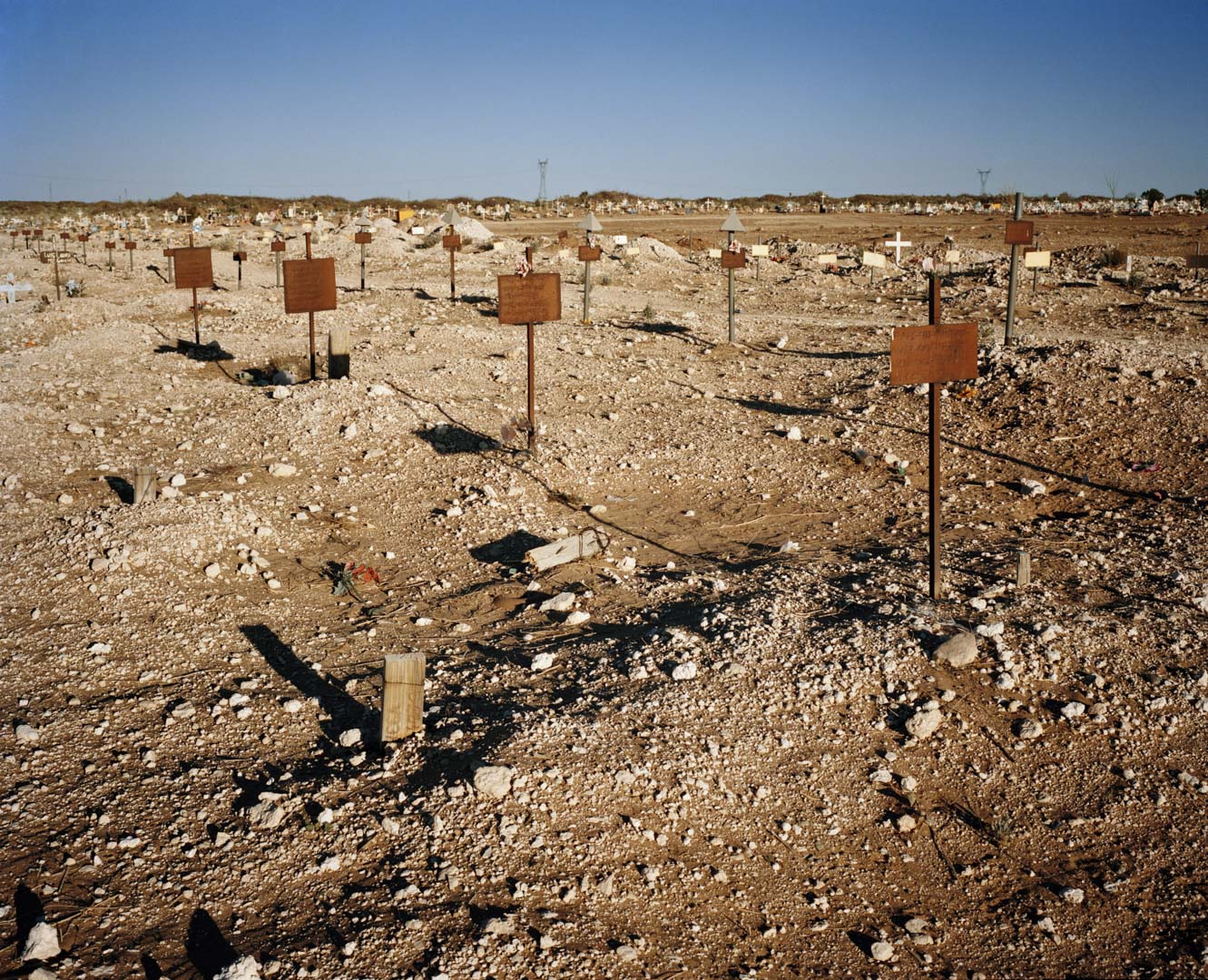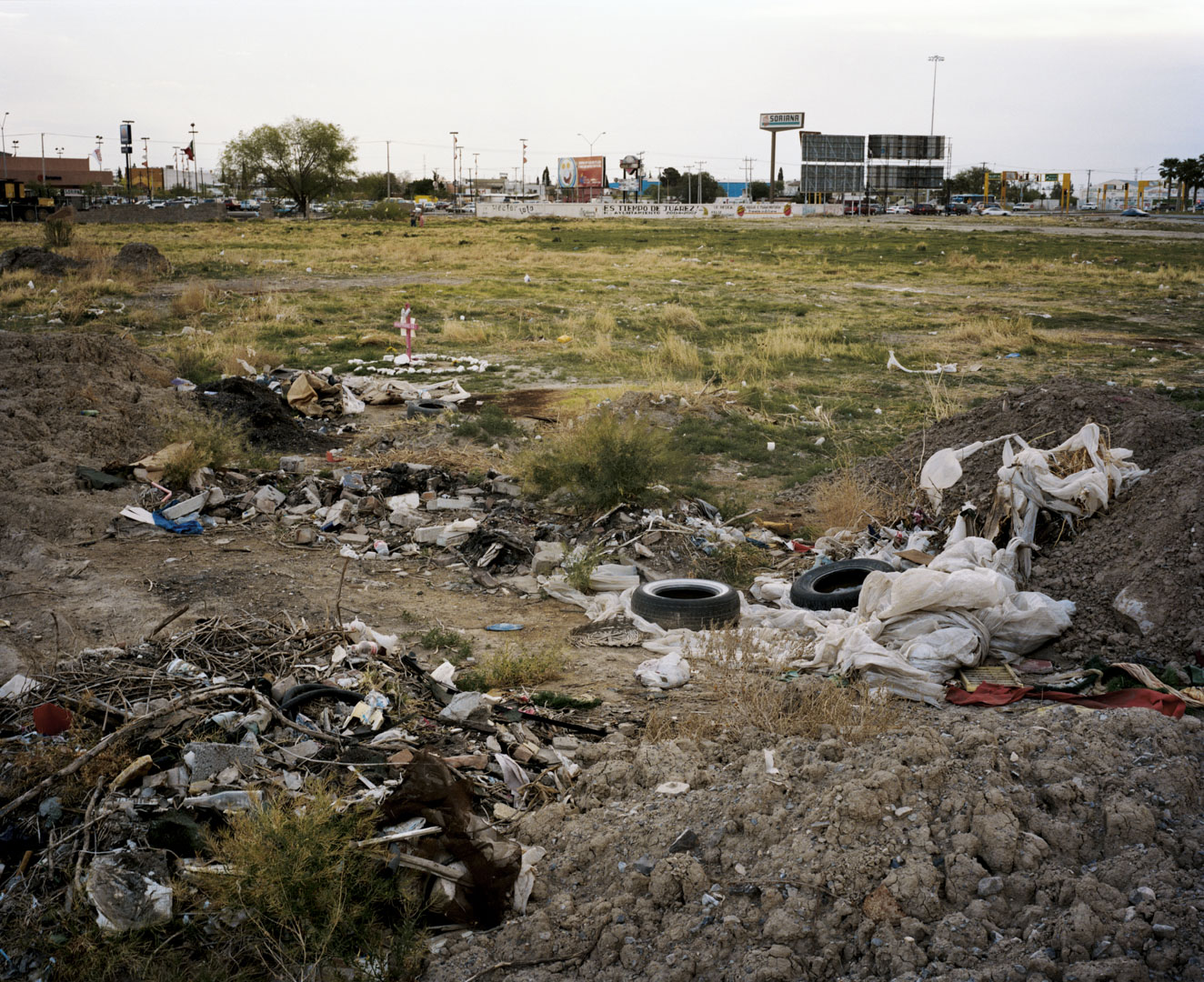7/7 : the shadow of the living, 2008
7 series for 7 stories of survivors, ghosts and memories that are never spoken about, but always kept to oneself and that leave a lasting scar. 7/7 bears the memory of the tragedies of history: the Albanian vendetta, the genocidal Nazi policy in Auschwitz, the poisoned woods of Chernobyl, the pariahs of Nagasaki and the murdered women of Ciudad Juarez. Cruelty, will to power, and desire for vengeance. In successive tableaux, in a disillusioned silence, Guillaume Herbaut shows us the horrifying consequences on people and their environment. For this book is about humanity.
Or more exactly, its loss.
“”7/7 is an agreement that Guillaume Herbaut has concluded with two contracting parties: photography and himself. But can his fear justify a work? It is a matter of venturing out into the field where violence prevails, not to be subjected to it or even witness to it, but to make it his target, i.e. to study the nature of the human race today.
In parallel with the images, pen in hand, taking notes, making sketches, the photographer has moved on, step by step, until the shots are taken. Vendetta in Albania, terror in Mexico, the maimed in Japan, trauma in Poland, and obsession in Ukraine: all form circles or spirals that always bring the photographer back to his own story.
Can fear be averted by putting a face on the source of fear? Memento mori. Behind the esthetics of vanities, the images here comprise an art, an art of dying.”
-Michel Poivert – Photography Historian
1-7 Livry and 7-7
2-7 Shkodra
10 000 people are affected by vendettas in the North of Albania, living shut away for fear of reprisals from the opposing family. 1000 children do not leave home and no longer attend school. 2000 women have lost their husbands in settling of scores. The fall of the communist dictatorship in 1991 led to the reappearance of earlier practices. The Kanun, a civil code drafted by Lek Dukadjini, a lord of the North in the 15th century, has extended its influence in a time when the voices of the police and the judiciary are inaudible. The Kanun strictly codifies revenge. If one of its members is killed, a family must take revenge.
3-7 Oswiecim
Between 1940 and 1945, the Nazis occupied the polish town of Oswiecim, establishing the concentration and extermination camp of Auschwitz where more 900 000 people were exterminated. Before the war 12 000 people lived in the town, 7 000 of whom were jews, 60% of the total population. There were 13 synagogues. After the war only 70 Jews returned to the city. Today, 48 000 people live in Oswiecim. The last Jew died in 2000. The one remaining synagogue is now a museum of Jewish culture.
4-7 Slavutich
April 26, 1986: Block N° 4 of the Chernobyl nuclear power station explodes.
A 30 kilometres zone around the reactor is evacuated, including Pripiat, the city built to house the power station’s workforce. To rehouse the population, the Soviet government decided to build a new town 60 kilometres away: Slavoutich.
Like Pripiat, Slavoutich is constructed as a model city: situated in the middle of a forest, its 22 000 inhabitants live in detached houses with private gardens or in large flats. The streets are clean, the shops are inexpensive. There are no power cuts or heating shortages. A television station broadcasts daily bulletins concerning the power station.
Each soviet republic had a hand in building a neighbourhood in this new city. As construction reached completion, the authorities discovered that this region is also contaminated. December 2001: The Chernobyl power station is closed definitely. Of the 12 000 workers, 9000 will be made redundant.
5-7 Urakami
Three days after the first US A-bomb dropped on Hiroshima, the US bomber, named “Bock’s Car”, was scheduled to drop a second A-bomb on Japan. That day, the city targeted was under cloud cover. The city of Nagasaki was second on the pilot’s list and on August 9, 1945 at 11:02 a.m, the sun was shining in Nagasaki. The explosion of the A-Bomb, named “Fat Man”, instantly killed 75 000 people.
In Nagasaki, the US Bomber’s mission was to destroy the port and industrial sites where Mitsubishi warships were being built. But the pilot mistook the order and dropped the A-bomb 3 kilometres before, on Urakami. This residential neighbourhood was mainly occupied by the social minorities of the city but also Christians, Koreans, and a penitentiary. Everything was destroyed. Since then, at least 150 000 people died from radiation wounds and radiation-linked diseases.
The victims of these two A-bombs became “Hibakushas”: “survivors”. They endured severe psychological as well as physical sufferings, as there was no adapted treatment. Inside their own country, they were rejected, isolated. They had to put up with discrimination in the professional field, suffering from high unemployment. Worse, the Japanese were scared of “atomic-linked diseases” being hereditary. So, nobody wanted to marry a man or woman of Hiroshima or Nagasaki. In 2003, 85 000 “Hibakushas” were living in Japan.
6-7 Ciudadjuarez
Since 1993, close to 400 women were murdered in monstrous conditions in Ciudad Juarez.
Juarez is the fourth city of the country and counts 1.5 millions inhabitants. Juarez is the stronghold of one of the most important Latin American drug turntables, and the world’s most passed through border points.
Juarez accommodates hundreds of thousands of workers, employed in 250 maquiladoras, located along the desert’s borderline. These North American, Asian and European relocated assembly plants attract workers coming from all around Mexico. 80% of the population comes from inland. Most of these migrants are young, unqualified women, who are desperate for work and stacked up in slums on the city’s outskirts.
More than 10 years after the first victim’s murder, discovered in the desert between the United States and Mexico, the authorities still cannot set out those responsible for the massacre, or give a convincing explanation for the tragedy.
